The names of Ben Dronkers and Sensi Seeds are synonymous with both world-class cannabis and the dawn of Dutch cannabis breeding history. We take a deep dive into both in this serialised article, featuring exclusive new interview material and a different historic strain for each month of 2025: the 40th year of Sensi Seeds.
- 40 years of the world’s largest cannabis seed bank
- Chapter One: Afghani #1, 1985
- Chapter Two: Northern Lights, 1985
- A prizewinning tour-de-force
- The foundation of modern classics in Dutch cannabis history
- Dark times for the United States
- Persistence and determination create lasting change
- Jail time as a research opportunity
- Hiding in plain sight
- Chapter Three: Skunk #1, 1987
- The arrival of Skunks changed everything.
- The lost High Times Cannabis Cup
- As one door opens, another door closes
- Skunk takes on a life of its own
- The hash trade was not without risk
- Chapter Four: Hash Plant, 1987
- Hash plants, hash plants everywhere
- The first King of Cannabis
- Bringing Hash Plants into European and US gardens
- Continuing a legacy of protest and provocation
- The Summer of the Cans
- Cartoons and cannabis
- Get yourself something Nice
- Chapter Five: Early Skunk, 1989
- The perfect cannabis variety for imperfect growing conditions
- Dutch cannabis history is entwined with US cannabis history
- “After school I was looking after cannabis plants…”
- The fascination of breeding as an art and hybrid vigour as a result
- Chapter Six: Northern Lights #5 x Haze, 1989
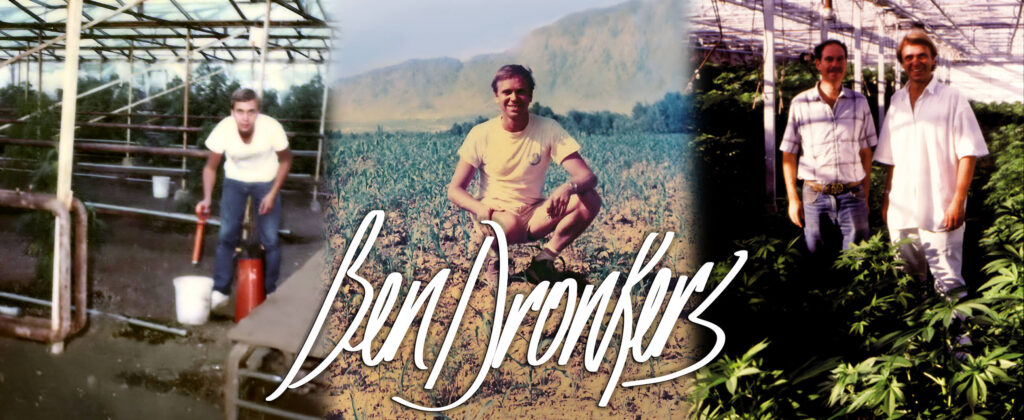
“When we started, there were no activists, of course. There were just people who liked to smoke.” Ben Dronkers takes a big inhale on a big joint. He’s reminiscing, but he’s also philosophising. “And when you start to smoke, you start to get interested in other things, right?”
It’s true. From anthropology to agriculture, cannabis sparks curiosity about all kinds of topics. How long have humans consumed it? What else can we do with it? Why was it made illegal? How do we make it legal again? And – a fundamental question for young Ben back in the 1970s – what happens if I cross this kind with that kind?
Ben exhales, taps ash neatly into an antique brass ashtray from Borneo. He’s looking out of the window and into the past, seeing the view four decades ago on the same stretch of Amsterdam canal we’re on now. The tops of the buildings haven’t much changed in over 200 years. Only the shop fronts, including his own. He smiles.
“When I started my first seed shop, I think it was the first in the world that was a real shop. Other people were also doing mail order, but this was really a shop that you could walk into. And it became what it is now.”
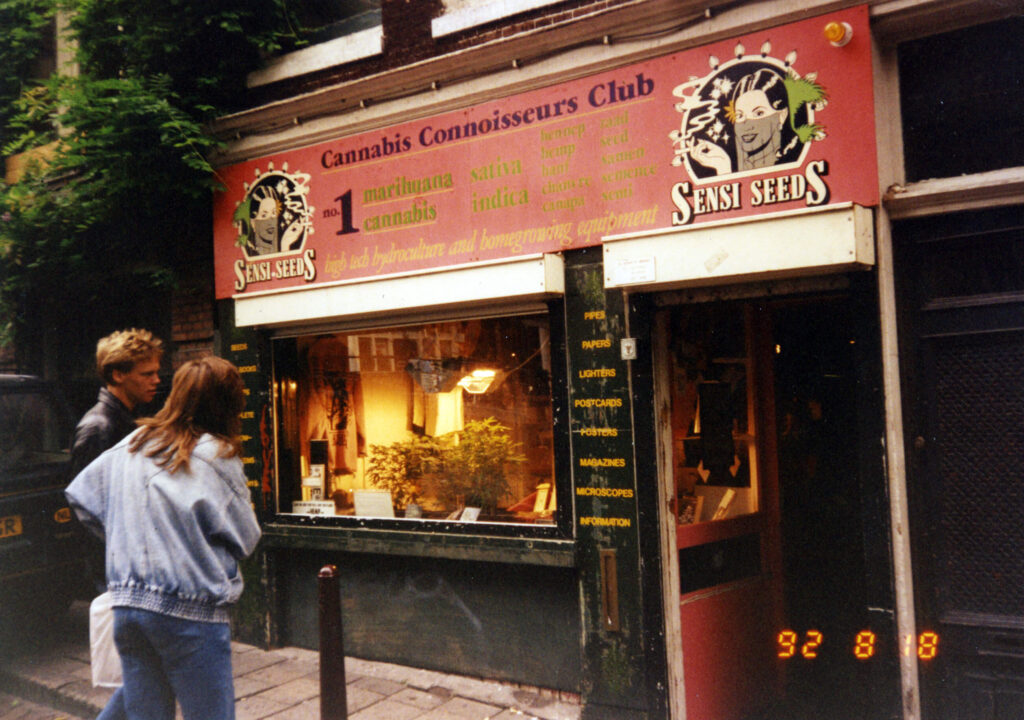
‘What it is now’ is Sensi Seeds, formerly The Sensi Seed Bank, formerly Sensi Seed Club, the Sensi Connoisseur’s’ Club, and The Seed Bank of Holland. 2025 marks the 40th anniversary of Ben Dronkers launching a small selection of cannabis seeds for sale. First, via mail order. Then over the counter at his shop in the heart of Amsterdam where the Red Light District meets the UNESCO World Heritage area.
The shop is still there, and some of the original old-school strains still feature in the Sensi Seeds catalogue today: Hash Plant, Skunk #1, Afghani #1, Early Skunk, and Early Pearl are now twice as old as some of the people growing them. It’s a testament to their timeless appeal and well-earned place in the annals of cannabis breeding history.
40 years of the world’s largest cannabis seed bank
In this serialised article, we take a deeper look at twelve of the oldest, most popular and enduring Sensi Seeds cannabis varieties. One for each month of 2025, the year of the world’s largest cannabis seed bank’s 40th anniversary.
Ben and his family share their anecdotes about the first decade of the company and each strain, from its creation to its effects. We look at what was happening in the years they were launched – what kind of world were these game-changing varieties released into? And in the futuristic present, what other strains are being created from them?
Be sure to check back each month for another instalment, and share your own memories in the comments!
Chapter One: Afghani #1, 1985
Not everybody likes Afghani #1. About 20 years after it was released, a young French person walked into the Sensi Seed Bank and told me it was non-fumable – literally, unsmokeable. This was during the time of sweet and fruity strains holding the spotlight. The deep dank pungent funk of the original Afghan weed was perhaps too challenging for some.
But when a purist wanted an indica landrace from the Himalayas, Afghani #1 was the closest thing we had. When a tourist wanted ‘proper old-school weed like we used to smoke in the ‘70s’, Afghani #1 fit the bill.
And when an amateur breeder spent an hour talking through the finer points of what they wanted to achieve (selling cannabis seeds is sometimes a slow, collaborative process, like a mechanic and a racing driver going over the needs and possibilities of a car) it’s Afghani #1 that’s the engine for success.
So good is it, in fact, that this is still the case today. Sensi Seeds Afghani #1 is named as the direct ancestor of at least 51 registered varieties listed on Seed Finder. The true number of its descendants is unknowable, but undoubtedly massive.
Afghani #1: the engine for success
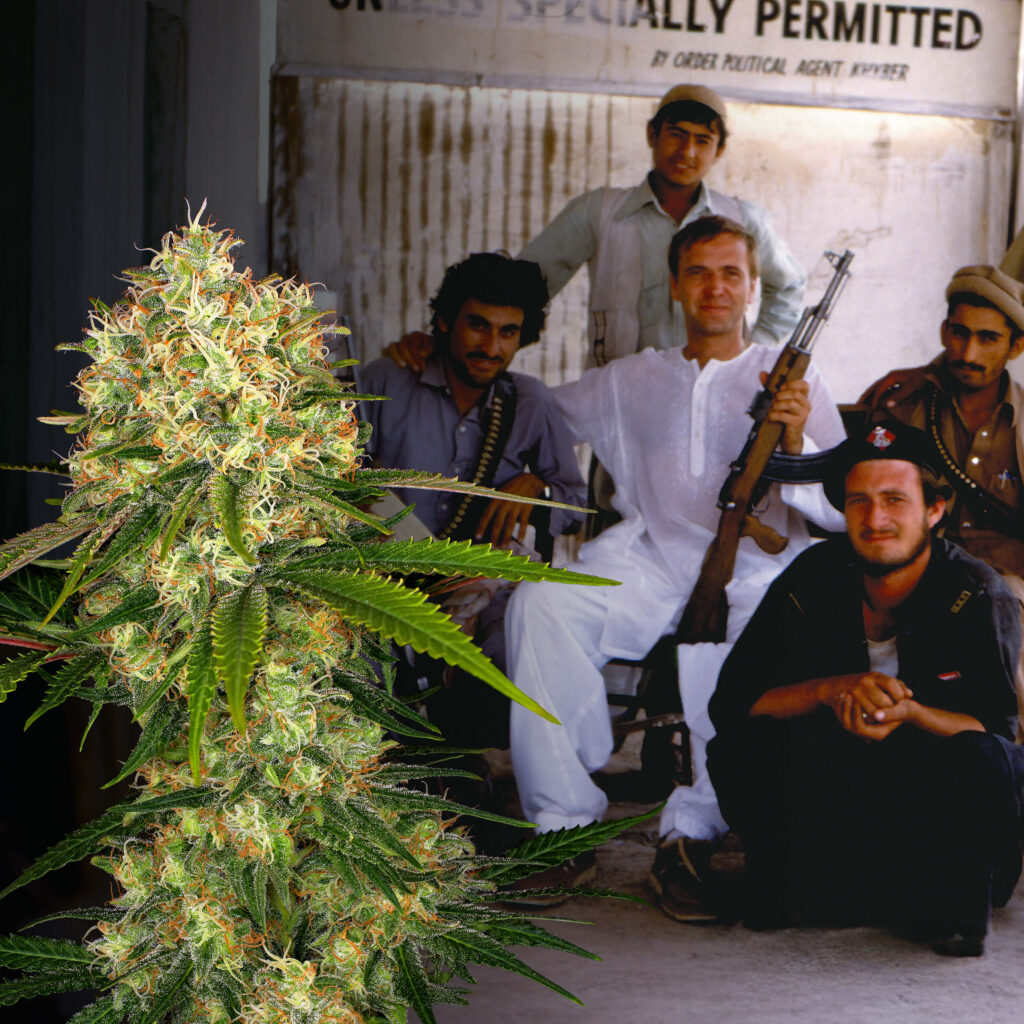
Even bigger is the number of people who have bought the seeds. Afghani #1 Regular has been on sale continuously since its launch in 1985. First via mail order, then in an ever-increasing number of brick-and-mortar shops, and eventually online following the launch of sensiseeds.com, the world’s first cannabis seed company website, in 1996.
So why begin with Afghani #1? Simple: it was the strain from which one of Ben’s favourite types of hash was made. In the decade leading up to the launch of The Sensi Connoisseurs’ Club, The Seed Bank of Holland, and the Super Sativa Seed Club – the founding members of Dutch cannabis breeding history – the state of Dutch home-grown cannabis was very poor indeed. Imported products dominated the nascent ‘coffeeshop’ scene.
Ben’s son Ravi, who also works for the company takes up the story: “People were smoking Thai and Colombian and Jamaican weed. It was all imported. And Lebanese hash, Moroccan hash, Nepali hash, and especially Afghani hash. Not so many people smoked the Dutch strains.
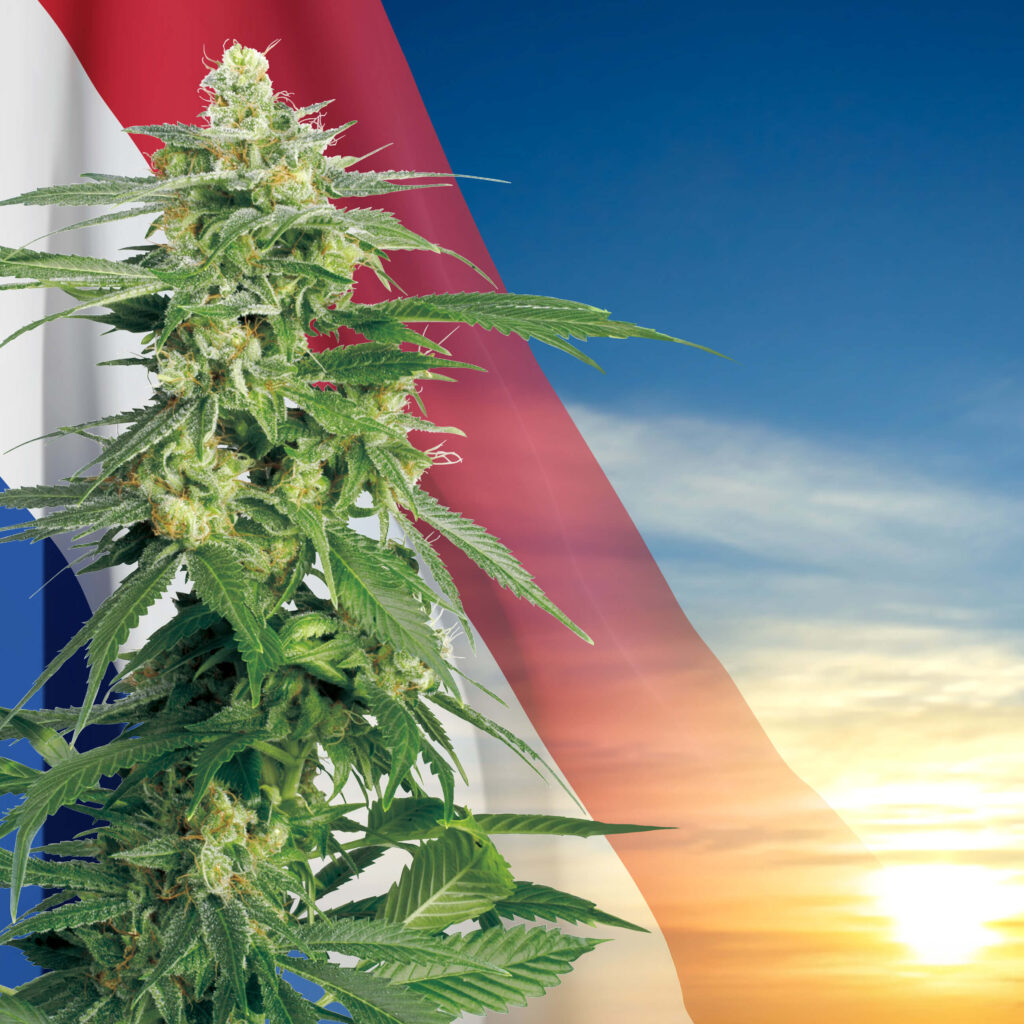
There were varieties like Willem’s Wonder and Holland’s Hoop (now known as Holland’s Hope), they were some of the first seed strains from the Super Sativa Seed Club, but not many people smoked them. People growing cannabis in the Netherlands didn’t really happen until later.”
An ‘Afghan sandwich’
In those early years, Ben – like most people testing the limits of the burgeoning tolerance for cannabis espoused by the Dutch government in the 1970s – was flying mostly under the radar with his cannabis operations. In Rotterdam he had a sandwich shop which also sold a ‘broodje Afghaan’, literally an ‘Afghan sandwich’; this delicacy was a regular sandwich served with a chunk of Afghan hashish on the side.
When Ben travelled, he naturally wanted to see the places where his favourite hash was being produced, and get to know the plants that made it possible. It was at this point that the farmers growing it suggested that he should take some seeds.
Afghani #1 featured in the very first Sensi Seed Club catalogue in 1985. Ravi was 9 years old, and by then had seen first-hand where the Afghani #1 originated:
‘”One of the earliest memories that I have is of being in Afghanistan, when I was a little boy. My dad wanted photos with the Mujahedeen. One was used in the catalogue. I don’t know if I was there when that photo was taken, but there are photos of me in Afghanistan being a little blond-haired baby boy, and that was right at the beginning of the whole thing.”
Since that low-key revolutionary debut, it’s been used in such prize-winning varieties as Runtz and Wedding Cake. Online cannabis breeding history databases attest to countless more, and that’s without including all the expert hobbyist homegrown crosses that remain legends in their own neighbourhoods.
Naturally, the Sensi Seeds breeders are still using it themselves. It’s undeniable that Afghani #1 made, and continues to make, a lasting impact on the world of cannabis.
Lasting effects
Back in 1985, there were more things happening that are still making an impact 40 years later. The Nintendo Entertainment System was released in North America; South Africa ended its ban on interracial marriages; scientists of the British Antarctic Survey announced the discovery of the hole in the ozone layer, sounding the very first alarm bells of the climate crisis. In Tokyo, Studio Ghibli (the creator of many a stoner’s favourite films) was founded.
But the Afghani #1 wasn’t the only world-shaking strain that saw its debut as a seed variety in 1985. The subject of our next chapter has won an incredible number of awards and is as gorgeous as its namesake. Do you know what it is? Let us know in the comments, and stay tuned for the next chapter to find out if you’re right!
This serialised article about the history of Dutch cannabis breeding and Sensi Seeds is updated periodically throughout 2025. Watch our social media and check back here regularly so you don’t miss anything!
Chapter Two: Northern Lights, 1985
Northern Lights is to cannabis what the Rolling Stones are to music. A still-great weed, it has the ability to surprise and energise its audience despite having apparently been around forever. The old joke could be easily expanded: the only things left after the apocalypse will be cockroaches, Keith Richards, and Northern Lights (Keith will be pleased).
It’s been sampled and remixed. Newcomers cite it as an influence. It’s a behemoth that easily holds its own alongside the giants of recent years such as Zkittlez (which counts Northern Lights #1 as one of its ancestors) and Cookies families.
The name Northern Lights is now so synonymous with cannabis that it takes a moment to wonder why it was called that in the first place. In those days, cannabis was named either for its geographical location of origin (Thai, Mexican, a whole range of valleys in the Himalaya region) or its smell (skunk).
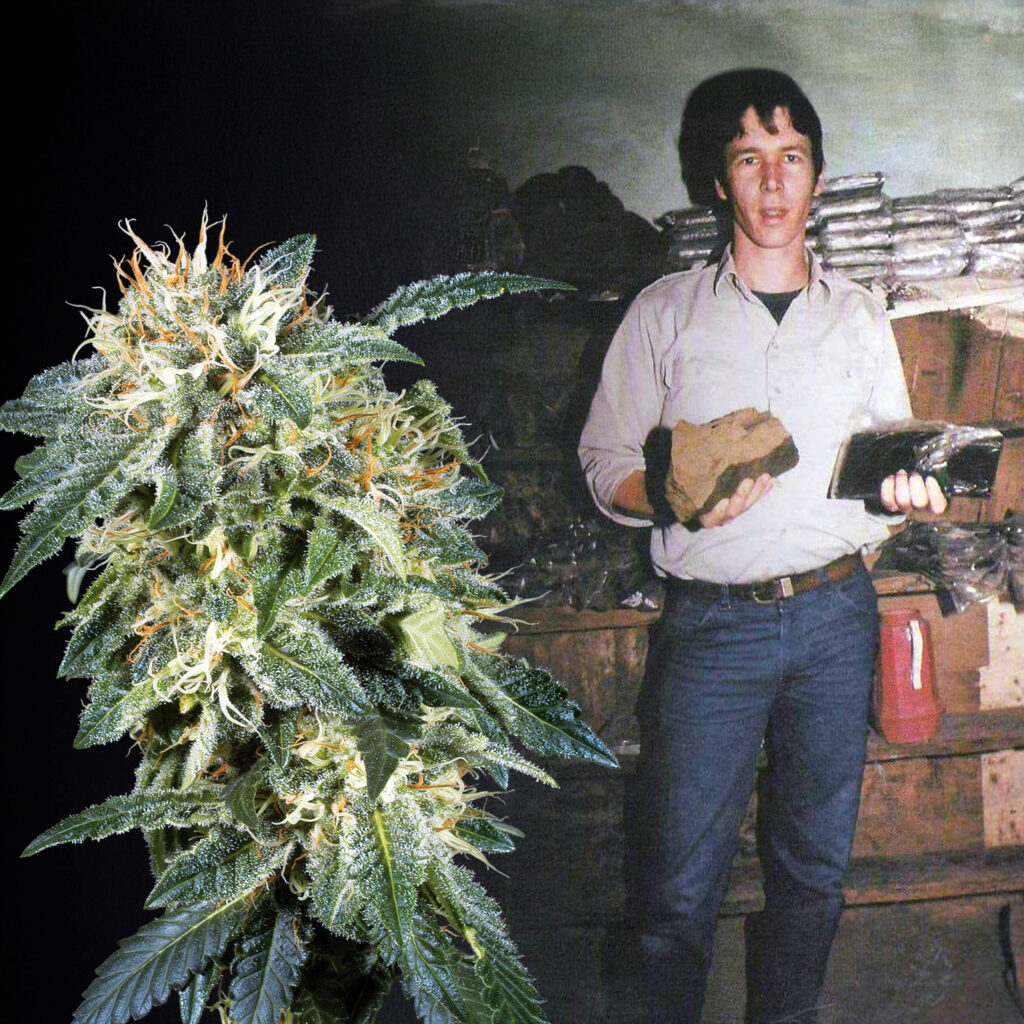
But some were named for their appearance, and one version of how Northern Lights got its name is based on the gorgeous, otherworldly shimmer of vivid green shot through with purple and blue notes that the ripest flowers develop.
The other version of the story is that weed from the original grow was so strong that it caused aurora borealis-like visual effects when consumed.
Whereas Ben brought the original Afghani #1 back to the Netherlands as ‘landrace’ seeds, the other absolute powerhouse cannabis strain of 1985 was created in the Pacific Northwest and stabilised by a group of breeders known as the Northern Lights Crew.
In the early 80s another breeder who was destined for legendary status, Nevil Schoenmakers, obtained some seeds from one of them. Seattle Greg, as he’s known, is a breeder who still works with Sensi Seeds today. Ben’s eldest son Alan (now an honorary Doctor of Cannabis), remembers: “There were a number of really valuable contacts. Greg came with a whole heap of seeds that were labelled with a whole heap of numbers; #1, #2, #3 and so on”.
A prizewinning tour-de-force
Northern Lights shot to fame almost immediately upon its release in the Netherlands and is still one of the world’s favourite old-school strains.
Four years after its European debut, the #5 variety won the 1989 Cannabis Cup. This was the beginning of a tour-de-force for the Afghan x Thai hybrid, as it went on to dominate competitions in a way previously unheard of. Only the release of Jack Herer, itself a descendant of the mighty Northern Lights, put the brakes on its comet-like trajectory.
It even received a namecheck in the ground-breaking book Marijuana: The Forbidden Medicine by Dr. Lester Grinspoon. “Northern Lights remains one of the most reliable and potent strains available,” wrote the Harvard Emeritus Professor in 2003. Three years later, Sensi Seeds finally released a feminized version, followed by an automatic version in 2013. Both variations have gone on to win multiple awards.
The foundation of modern classics in Dutch cannabis history
Northern Lights has had various iterations through the years. The #5 is perhaps the most well-known, in part thanks to its almost as famous offspring, NL#5 x Haze. However, the #1 and #2 have gained popularity in recent years, and all three of these versions appear in modern classics such as Mimosa, Purple Punch, and Apple Fritter.
Dark times for the United States
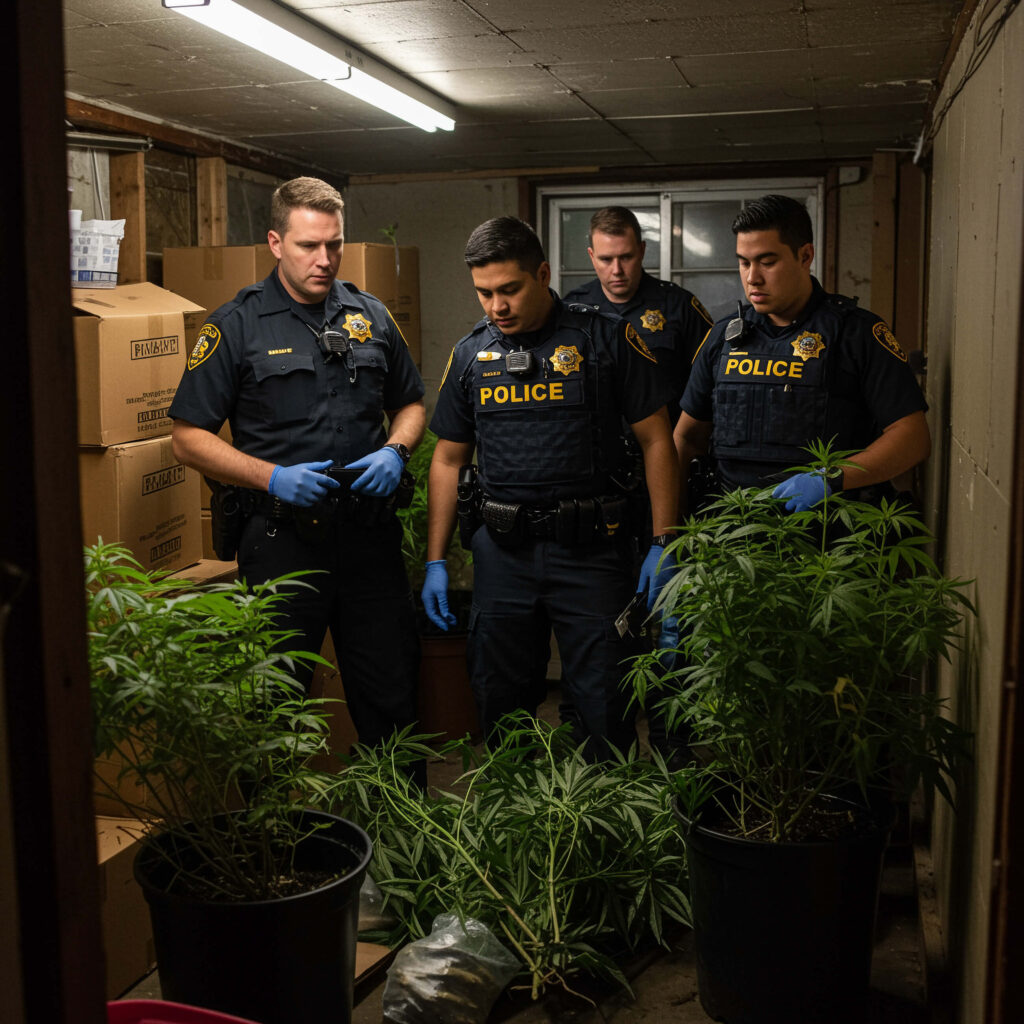
In the US, the latter half of 1985 saw Ronald Reagan continue to ignore both the futility of his so-called War on Drugs and the terrifying scale of the AIDS epidemic in the country he was tasked with protecting. By October, when Reagan signed the Anti-Drug Abuse Act, an estimate of over 13,000 people in the US had died as a result of AIDS since 1980. Reagan had not publicly referred to AIDS until September 1985.
Between this criminal neglect and his wife Nancy’s preposterous ‘Just Say No’ campaign, they successfully destroyed the lives of hundreds of thousands of people whose only ‘crime’ was enjoying pleasures considered too far from the mainstream to warrant care or dignity.
In the Amsterdam of 1985, where Ben would open a shop the following year, the coffeeshop scene was already well established. In addition to being the year Afghani #1, Northern Lights, and the Sensi Seed Club made their debut, 1985 was also the 10th birthday of the original Bulldog coffeeshop.
Persistence and determination create lasting change
It’s a misconception that the laws in the Netherlands changed to pave the way for coffeeshops to open, in the way that state-level legislation enacted in the US enabled the opening of dispensaries. On the contrary, my friend. It was the repeated, consistent, sheer bloody-mindedness of coffeeshop founders refusing to stop selling weed and hash next to the tea and coffee that paved the way for the laws to change.
Following in the footsteps of Dutch proto-cannabis-activists like Robert-Jasper Grootveld and Kees Hoekert of the Lowlands Weed Company, people like Ben and Henk de Vries of the Bulldog coffeeshops shrugged off multiple arrests and kept on going.
When Ben learned that selling cannabis seeds was completely legal under Dutch law, his business focus changed from producing buds to producing seeds. As an entrepreneur who was married with four school-aged children, he didn’t have a lot of free time. However, short periods in jail – the longest was six weeks – actually gave him the opportunity to research.
Jail time as a research opportunity
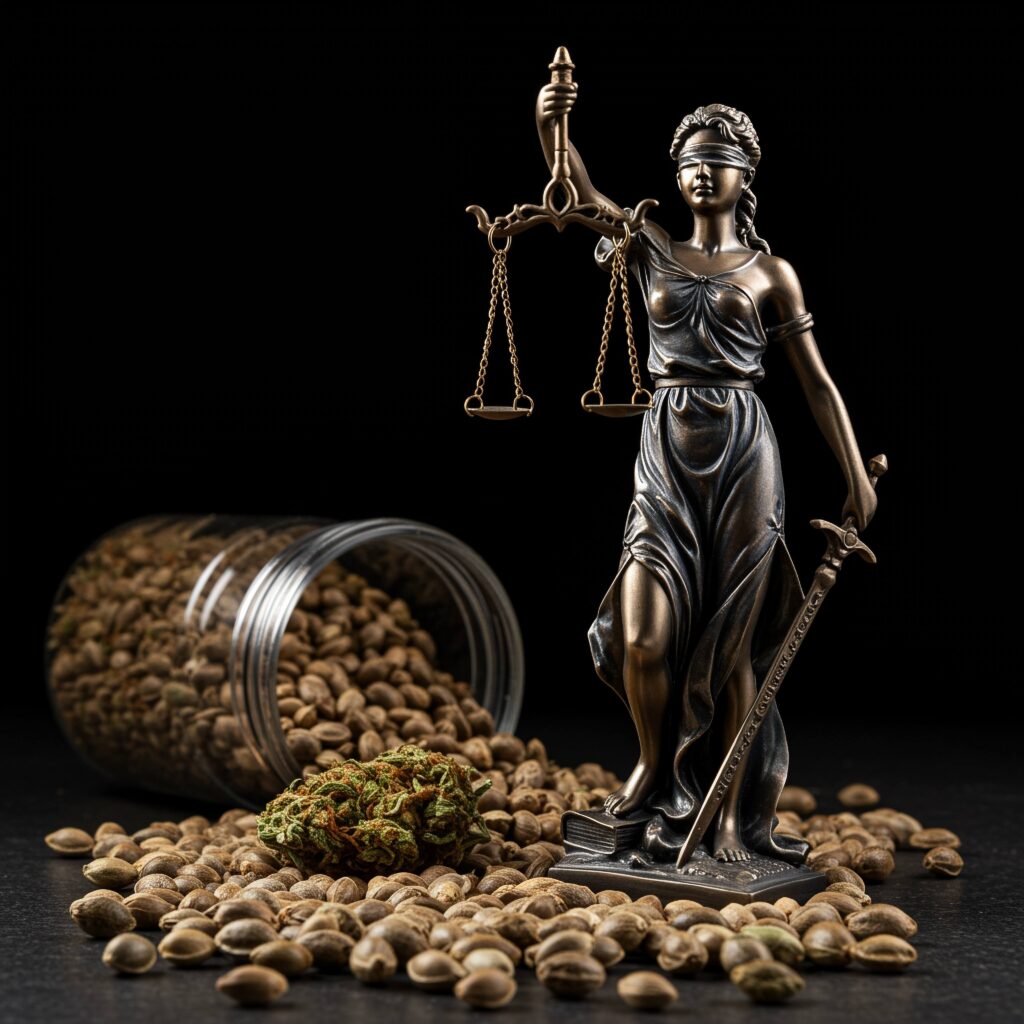
Ben: “One of the last times I was in jail I really studied the Opiumwet, the drugs law. In it, I read that every part of the plant is forbidden except the seeds. So, when I got out, I went to a famous lawyer who specialised in agriculture. I asked him, ‘If the seeds are not forbidden, why can’t I grow them?’.
He said, ‘That’s a good question. Come back in a couple of weeks.’. I paid him a lot of money, I think 6000 guilders in that time [around €7000 today – S.]. Two weeks later I went back to his office and he said ‘Yes, I think you can. There shouldn’t be an objection to it if you are just growing the seeds.’.
So, I started. I opened the shop in Amsterdam, and went to a famous Dutch seed company called Pieterpik who sold seeds to the tourists – sunflowers, tulips, whatever – and I got a lot of seeds from them and opened a seed shop”. He gives a big grin.
Hiding in plain sight
“I knew if I opened a shop only selling cannabis seeds it would look too suspicious! So, I sold all sorts of seeds, but I also had a big section just for cannabis seeds. Soon everybody knew about it, and everybody came.
You have to understand that nobody was growing at that time, almost nobody. It was not common knowledge at the time that you could grow marijuana, especially not in Holland. It’s too cold, the climate isn’t good, so everybody thought. But I had done it years ago in a small attic with a friend. We made a tipi shape out of TL tubes, put the plant in the middle, and it worked.
From there I started doing it in a small greenhouse, and that worked, and I got busted again, and again… and then, I opened the seed shop, because I knew that was a good use of my energy.”.
Soon after opening the seed shop, Ben was to begin a business relationship with fellow cannabis pioneer Nevil Schoenmakers. This collaboration changed the face of Dutch cannabis breeding history, as did the strain featured in the next chapter of this article!
Chapter Three: Skunk #1, 1987
In March 1987, the world was busy maturing from the mid- to late-Eighties. For Generation X the Seventies seemed an eon ago, whereas Boomers were still coming to terms with that decade being over.
Cannabis in the affluent West had somewhat fallen out of favour as a recreational drug. It was the time of making a lot of money, celebrating material possessions, and wearing suits with gigantic shoulder pads. Cannabis was too reminiscent of hippies, free love, and old people in tie-died ponchos. It also generally wasn’t very good quality.
The arrival of Skunks changed everything.
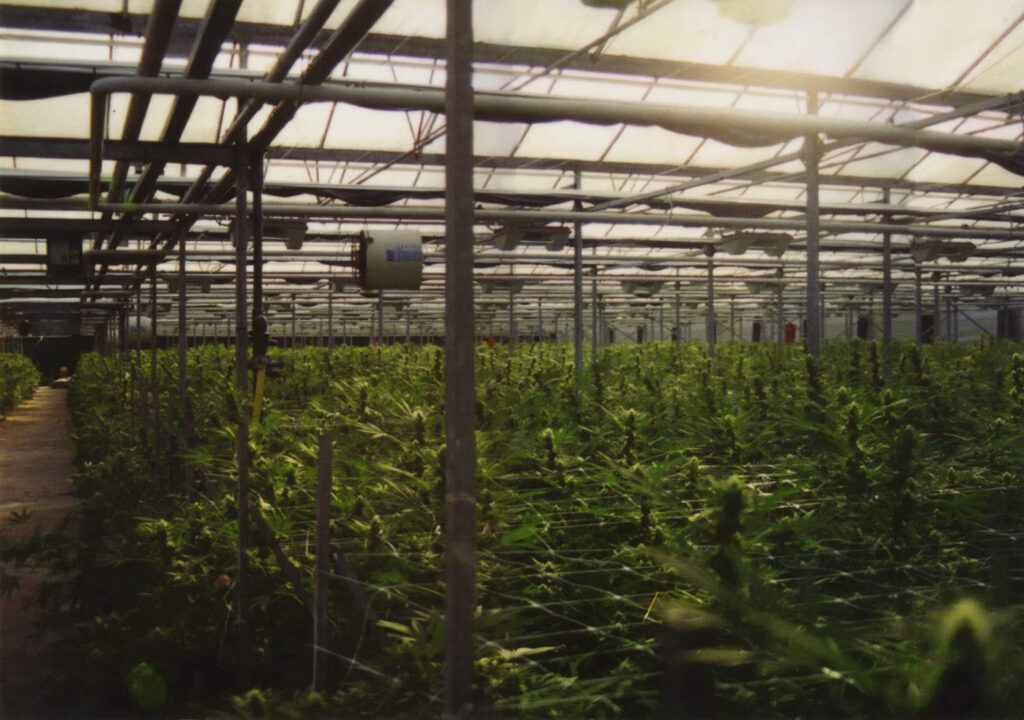
Nevil and Ben’s shared fascination with collecting new types of cannabis genetics received an extra boost with the arrival of Skunk varieties from the US.
This too is a story which has been told in more detail elsewhere on this blog. As with so much of the history of Dutch cannabis breeding, the broad origins are more-or-less agreed upon and the details frequently quibbled about (which, however else you may feel about it, keeps things interesting). An excellent place to begin with the story of Skunk #1 is this interview with Sam the Skunkman.
Sam supplied seeds of Skunk #1 to a handful of breeders in Amsterdam. Nevil was one of them. After a few tweaks, Nevil released it as a seed strain in the 1987 catalogue of The Seed Bank of Holland. Little did he know it, but Nevil had just changed the course of Dutch cannabis breeding history.
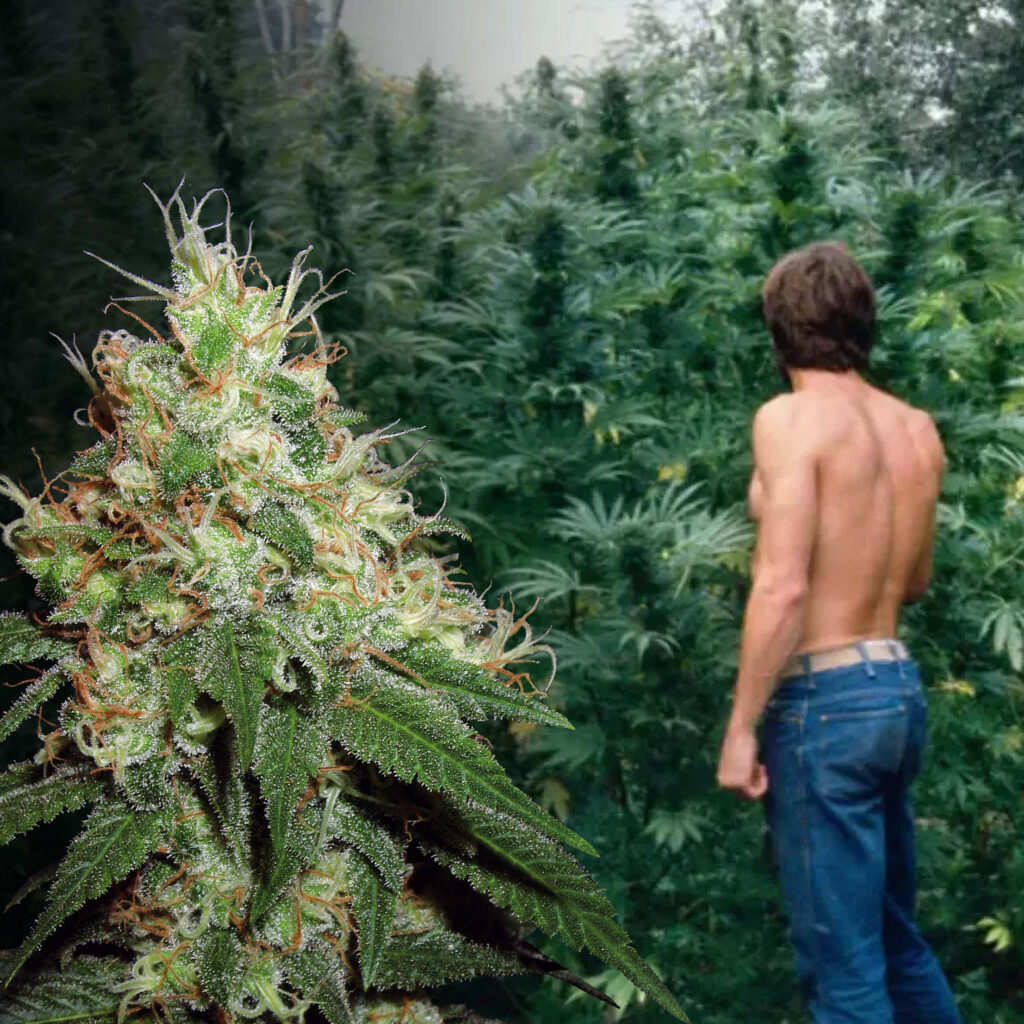
By this time, Ben was selling Nevil’s seeds alongside his own in the Sensi Connoisseurs’ Club shop. The word continued to spread that cannabis seeds were freely available there. Nevil had begun advertising in High Times magazine. Ben was juggling the demands of his growing business and his growing family: “I worked my ass off, but we took long holidays!”.
Skunks were so successful indoors that it was crossed with almost everything, and is possibly the strain with the most descendants bearing its name. Sensi Seeds alone carries around 20 variations. In 2007, a feminized version of the original Skunk #1 was released; an autoflowering one followed in 2013. Other seedbanks were quick to jump on the bandwagon. Each new generation of hybrids produced stellar breeds created with Skunk #1: Papaya, Mimosa, Apple Fritter, and Blue Dream, for example.
The lost High Times Cannabis Cup
That Skunk #1 won the first High Times Cannabis Cup, held in Amsterdam in 1988, is a fact widely reported and agreed upon. What is less well-known – in fact, known only to a handful of people up until the publication of this article – is that, according to Ben, the very first High Times Cannabis Cup actually took place in 1987. And Skunk #1 won that too!
Ben: “It was in 1987. I had a small restaurant in Rotterdam called Yum Yum. I knew Nevil already. Ed Rosenthal came with the idea from High Times, and he had only 600 dollars to create an event! So, we did it in my restaurant. And that was the first Cannabis Cup. I didn’t win any prizes,” he chuckles.
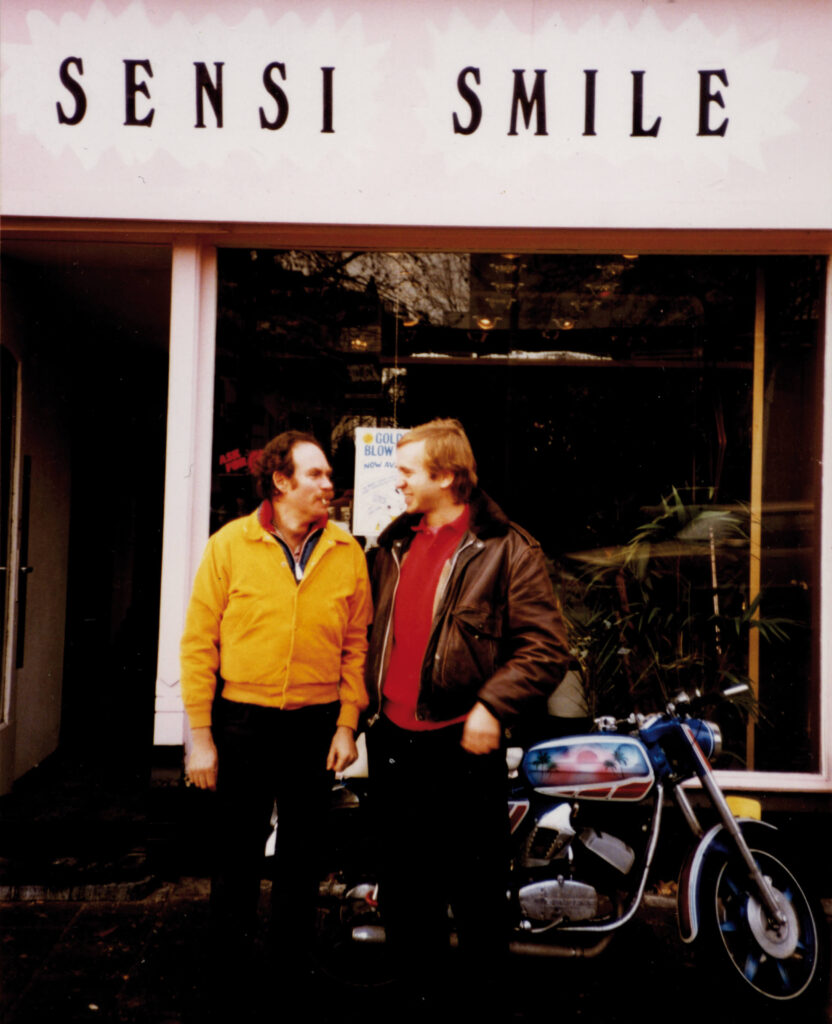
Kees Hoekert and Robert-Jasper Grootveld, the two pioneers of the Amsterdam cannabis scene, were there. They didn’t sell marijuana seeds, but they sold hemp seeds and hemp plants on the boat [the Witte Raaf, home of the Lowlands Weed Company – S.]. Little hemp seedlings for a guilder each. Nice guys, really nice guys, I loved them.
So, me and Ed Rosenthal were there, and there were about three contestants, and about five judges, and that’s how the American Cannabis Cup started. And later on, it became this…” He gestures, making a Ferris wheel motion.
Pretty much everyone reading this will be aware that the Cannabis Cup went on to become an ever-larger and more mainstream event. In the early years, US law made it impossible for organisers to hold the three-day orgy of recreational horticulture at home. Amsterdam, with its hundreds of coffeeshops and fully-functioning tourism infrastructure, was ideal.
This situation gradually shifted with the slow but steady turn of the green tide. Despite US president Ronald Reagan and his wife Nancy doing their best to pretend that cannabis was lethal and AIDS wasn’t happening, people like Brownie Mary were proving them liars one edible at a time.
The efforts of the queer community during the AIDS crisis to make cannabis legal for medicinal use began a shift that’s still happening today (and you can bet that a load of that medicinal weed was related to Skunk #1). But as North American legislation expanded to include recreational as well as medicinal use, so Dutch legislation tightened.
As one door opens, another door closes
The number of coffeeshops in Amsterdam was drastically reduced. Anti-tobacco laws in social venues meant no more turning a blind eye to people also smoking a crafty joint. Holding a cannabis event in the US, with its clear legal framework for cannabis use, became easier than holding it in the Netherlands where the creaking patchwork of the tolerance policy only created decriminalised grey areas.
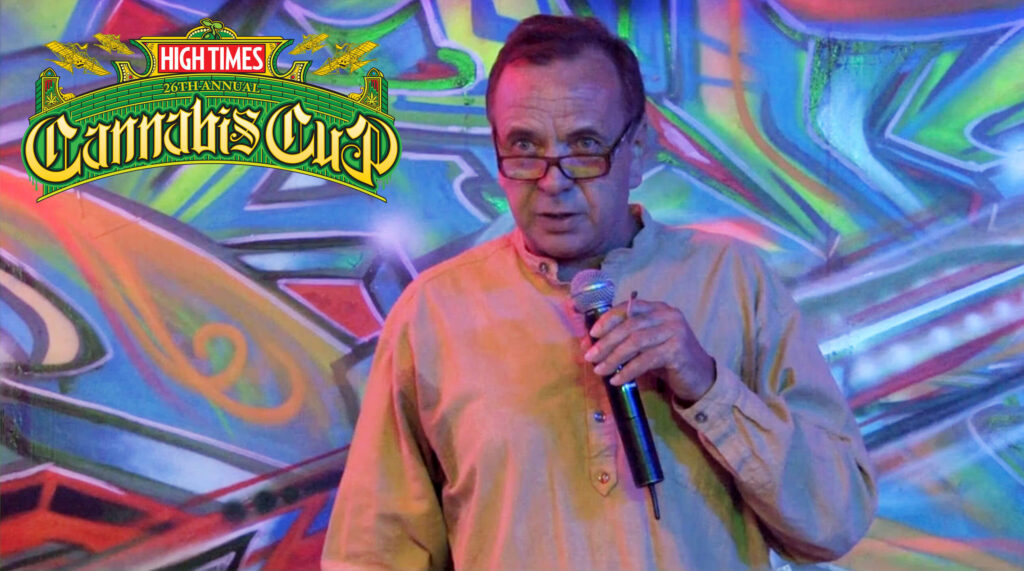
So much so that, in 2013 at the 26th High Times Cannabis Cup held on Dutch soil, Ben was reprimanded by security for giving away free weed. Ironically, it was the same day that he was inducted into the Cannabis Cup Hall of Fame.
Skunk takes on a life of its own
‘Skunk’ has become synonymous with ‘cannabis’ in a way that other varieties – even last month’s green diva Northern Lights – can only dream of. It’s so famous that it’s become infamous, especially in mainstream media where it’s regularly described as some special sort of weed that’s so strong it’s not even cannabis any more.
In other circles, it’s come to mean simply ‘good quality cannabis’. UK drug helpline service ‘Talk to Frank’ describes ‘weed’ as brownish-green in colour and ‘can look like dried herbs’; ‘skunk’, however, is ‘bright, pale or dark green in colour and covered in tiny crystals’. Frank seems unaware that they are the same species, and has obviously never grown cannabis. Even a little hands-on experience shows that the growing environment plays a huge role in how the finished result looks, especially in the UK’s less-than-ideal climate.
The Netherlands ‘enjoys’ similar outdoor cultivation challenges. When Skunk #1 was launched here in 1987, there was very little good-quality weed available, despite the now-flourishing coffeeshop scene.
Home-grown Dutch cannabis was rough; it had to pour energy into survival, rather than developing bounteous flowers. There were outdoor strains such as Willem’s Wonder and Holland’s Hoop (later renamed as Holland’s Hope); hoop being the Dutch for ‘hope’ and wonder for ‘miracle’ are signs of just how difficult it was to successfully grow cannabis in a Dutch garden. They were reminiscent of the Netherlands’ glorious history as an industrial hemp-producing nation rather than potential Cannabis Cup winners.
Alan sums it up: “A whole lot of varieties were not good. In the Netherlands, the hippies were just growing hemp seeds. So, in the first instance, the varieties that Sam the Skunkman brought seemed to be finally something that worked. These really came from the US to the Netherlands”.
He laughs, remembering the impression that the new strains made. “I was very young but I remember the first time – naturally, I never forgot it, you know? – when my father showed me that first little green bud”. It must have been quite a change from the brownish, hemp-like flowers Alan was used to.
Imported cannabis was little better than the traditional Dutch outdoor types. It was rapidly dried, compressed into fibrous bricks and concealed within a variety of unventilated hiding places to make its way to the Netherlands, usually landing in Ben’s hometown of Rotterdam. Some weed took the journey from former Dutch colonial conquests such as Indonesia, following the shipping route that spices, coffee, and opium had a few hundred years previously.
The hash trade was not without risk
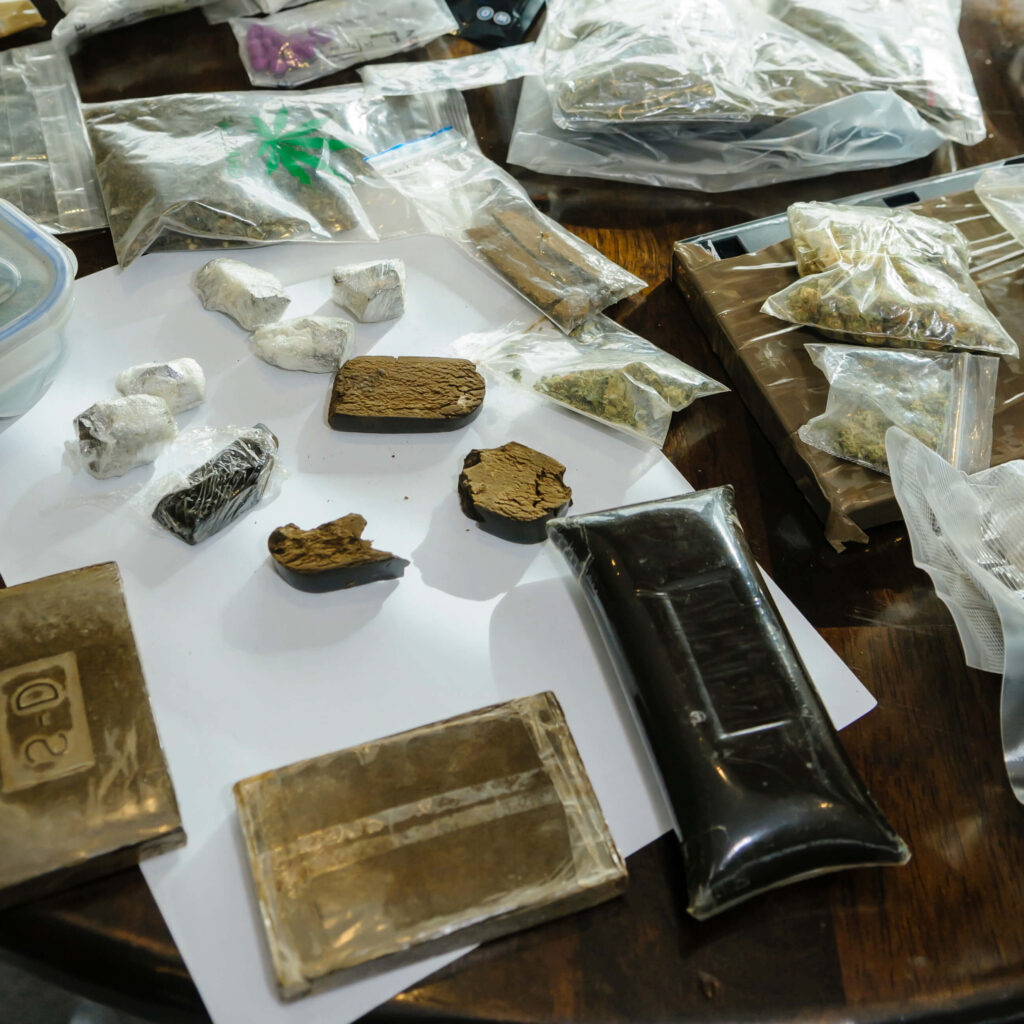
Instead, the coffeeshops focused on hash: easier to conceal, easier to transport, more valuable by the gram, stronger and more pleasant to inhale. Blond hash from Morocco and black hash from Afghanistan dominated the coffeeshop scene.
Despite there being as yet no limit on the amount of cannabis a coffeeshop could have in stock, the hash trade was not without risk. In Amsterdam, a November 1987 raid on The Bulldog yielded ‘a large amount of hash’ and 30 arrests.
Ben, meanwhile, was busy with large amounts of hash of his own. He was using it, along with impressive (for the time) buds of weed, to decorate the displays in the newly-opened Cannabis Info Centre next door to his seed shop. What could possibly go wrong? Find out in the next chapter!
Chapter Four: Hash Plant, 1987
Before I knew the history of Dutch cannabis breeding, I thought Hash Plant was kind of a funny name for a cannabis variety. The image of a fat green bush growing big blocks of hash, stamped with their maker’s mark, cellophane wrap gleaming in the sun like ripe, brick-sized fruit, made me smile. If only it were that simple!
Those who have studied the previous chapters will easily be able to deduce why this heavyweight Himalayan strain is so named. Hash is what Ben and his contemporaries in both the Netherlands and the US had fallen in love with before they’d ever set foot in Asia; hash plants – literally, the plants that that hash was made from – were what they were looking for when they got there.
Hash plants, hash plants everywhere
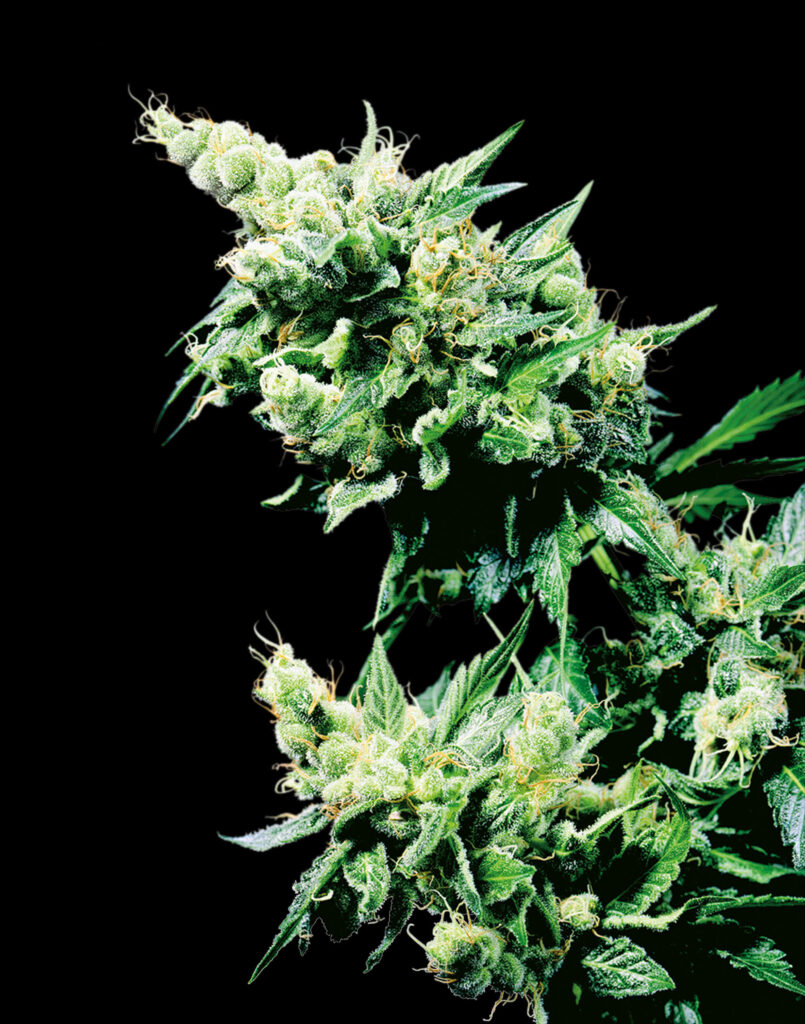
And the breeders-to-be found them. Valleys and hillsides full of ‘hash plants’ loaded with the trichomes and terpenes that make up the distinctive flavours and effects of classic Afghan hash. What began as a simple description of the most archetypal of their emigrated descendants (“this one’s a real hash plant, you know?”) became the official name.
Hash Plant came to Sensi Seeds via Nevil, but how Nevil got hold of it is difficult to ascertain. The 1987 Seed Bank of Holland catalogue describes their Hash Plant seeds as the result of a Hash Plant clone from the Northwest US crossed with Northern Lights #1. Alan thinks the clone might have come from Sam the Skunkman, but it could equally well have been a trade or a gift from a random stranger!
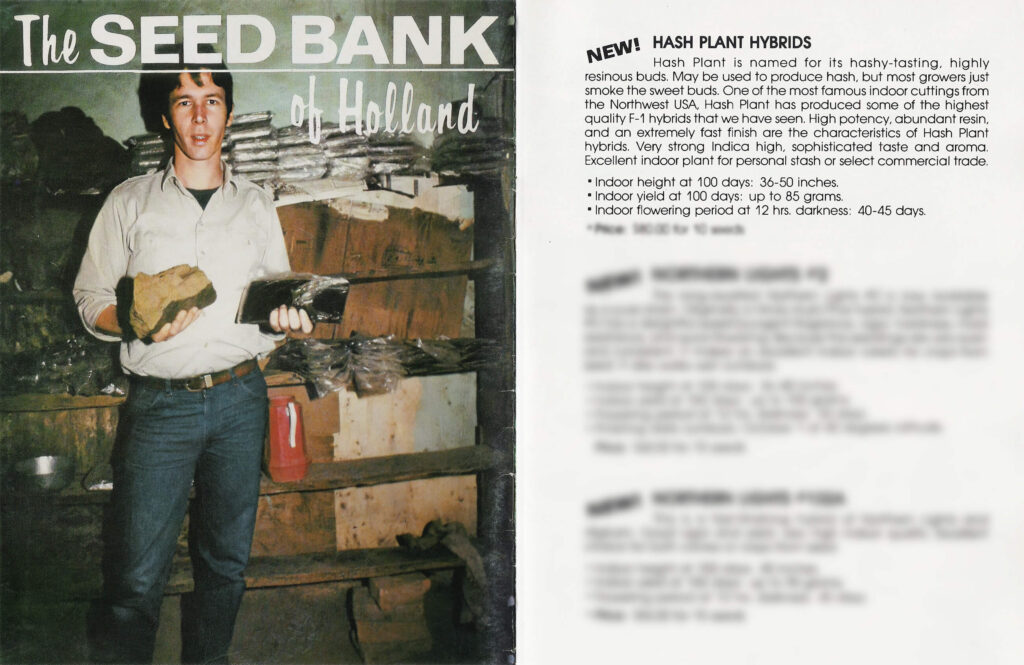
In part thanks to Nevil’s adverts in High Times, people used to turn up at his home all the time, looking to talk and potentially trade genetics in various forms; perhaps one of them delivered the goods. Alan remembers this being a common occurrence during the years he worked with Nevil.
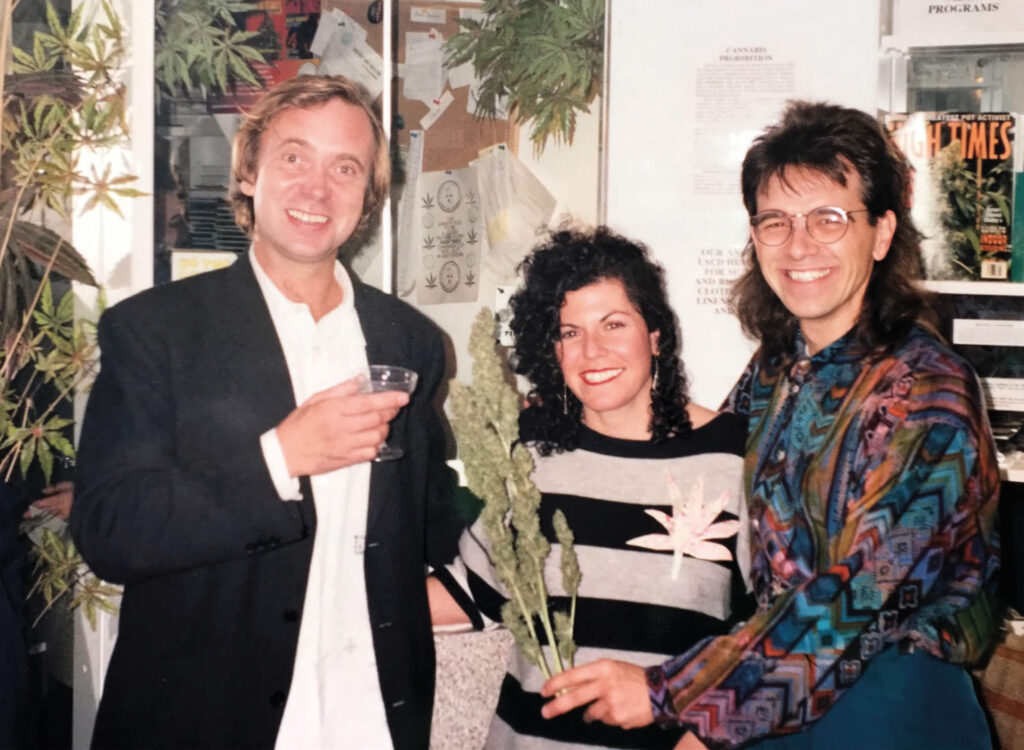
In the same year Hash Plant first appeared in a Seed Bank of Holland catalogue, High Times magazine ran a feature dedicated to Nevil, his business, and the 17th-century mansion occupied by both. The mansion was dubbed ‘Cannabis Castle’, and Nevil was ‘The Man Who Would Be King Of Cannabis’ (which may surprise those of us who remember Arjan of The Green House claiming that title in the 1990s).
The first King of Cannabis
The article was written by Steve Hagar, who went on to become editor in chief of High Times magazine. In the mid-to-late 1980s High Times was very much a generalised guide to recreational drugs. Cocaine, LSD, and the like were extensively featured in its pages. This changed thanks to new editors Steve Hagar and John Howell. Perhaps inspired by their trips to the Netherlands, by 1988 they had made the decision to drop all other drugs from the magazine and focus exclusively on cannabis.
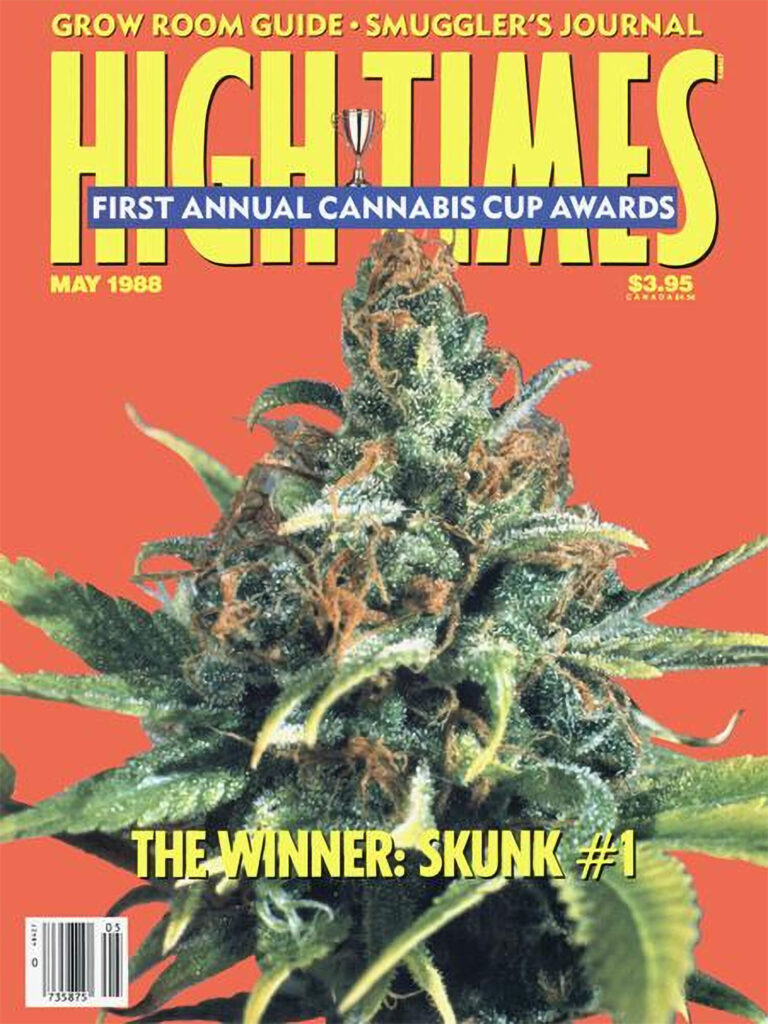
The article immediately established Nevil as the most public source of quality cannabis genetics for people in the US. Up until then, the only way to get seeds was to be well-connected, and it was difficult to become well-connected when growers had to be extremely secretive about their activities. They lived by the motto ‘don’t tell, don’t sell, don’t smell’, let alone ‘don’t have your name, address, and photos of your grow in a nationwide magazine’.
Bringing Hash Plants into European and US gardens
Suddenly, it was possible to send a couple of dollars in an envelope and receive a mail-order catalogue in return. Subsequent seed orders brought the likes of Hash Plant within reach of people who otherwise may never have been able to grow it. This was great news for US growers, but the eventual legal consequences for Nevil were harsh indeed.
Meanwhile in Amsterdam, Ben was having legal troubles of his own. His seed shop in the spangled, red-lit heart of the city was next door to what had previously been a bicycle storage and repair place. Wide double doors opened up into a long, narrow, windowless space running parallel to the shop. No windows meant more display space. It would make an ideal museum.
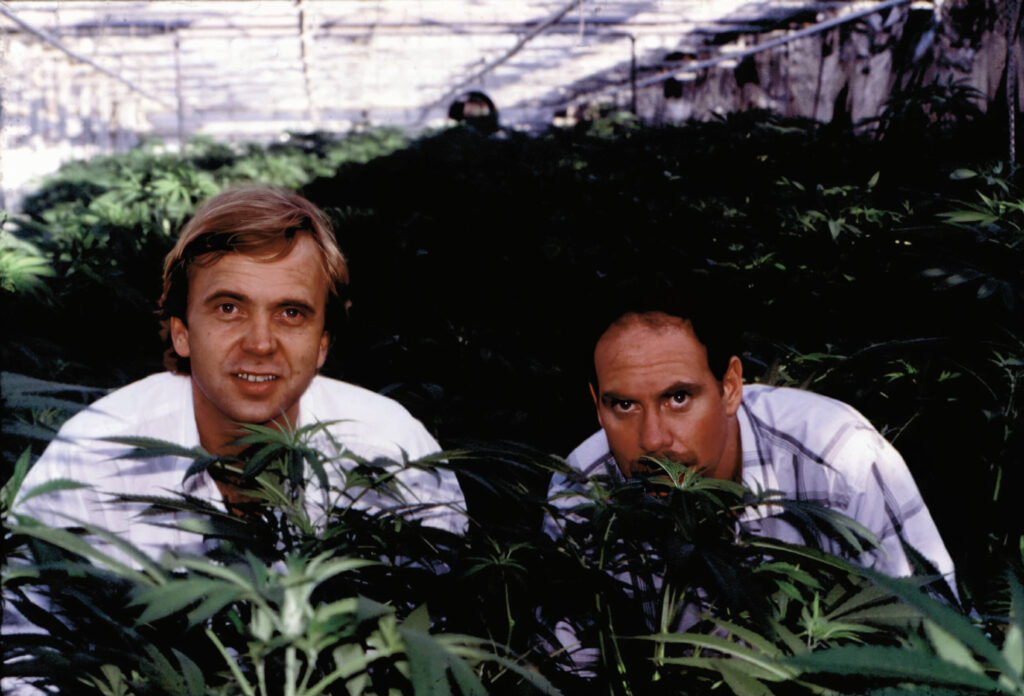
So thought Ben’s friend Ed Rosenthal, American cannabis grower and Amsterdam adoptee. He already had a formidable collection of cannabis-related artefacts and had borrowed many more. It would be great to share them with the public. The museum unofficially opened without any real fuss or fanfare sometime in the mid-80s.
Ed, like Ben, wanted to disseminate information about the plant and its uses. Not for nothing was the original name ‘Cannabis Info Centre’; the goal was nothing less than to rehabilitate the world’s most illegal plant in the eyes of the public.
Continuing a legacy of protest and provocation
The choice to include many grams of actual dried cannabis and big chunks of hash in the displays simply added an extra frisson of playful criminality. The Provos themselves would have been proud to see their legacy so continue.
However, the choice to include items used to smuggle hash in displays that made it explicitly clear how such items – most of which were freely available, such as tennis balls, cassette tapes, and dildoes – should be used to break international law, was a bridge too far for the Dutch Minister of Justice.
The press conference that was held at the official opening on April 2nd, 1987 attracted attention from the Amsterdam council and authorities, as well as newspaper reporters. The Justice Ministry closed it down the following day and removed exhibits that contained cannabis buds and hash. However, it reopened again the following day under the name ‘The Hash Info Museum’, which later became The Hash, Marihuana & Hemp Museum. Once again, the love of hash shines through!
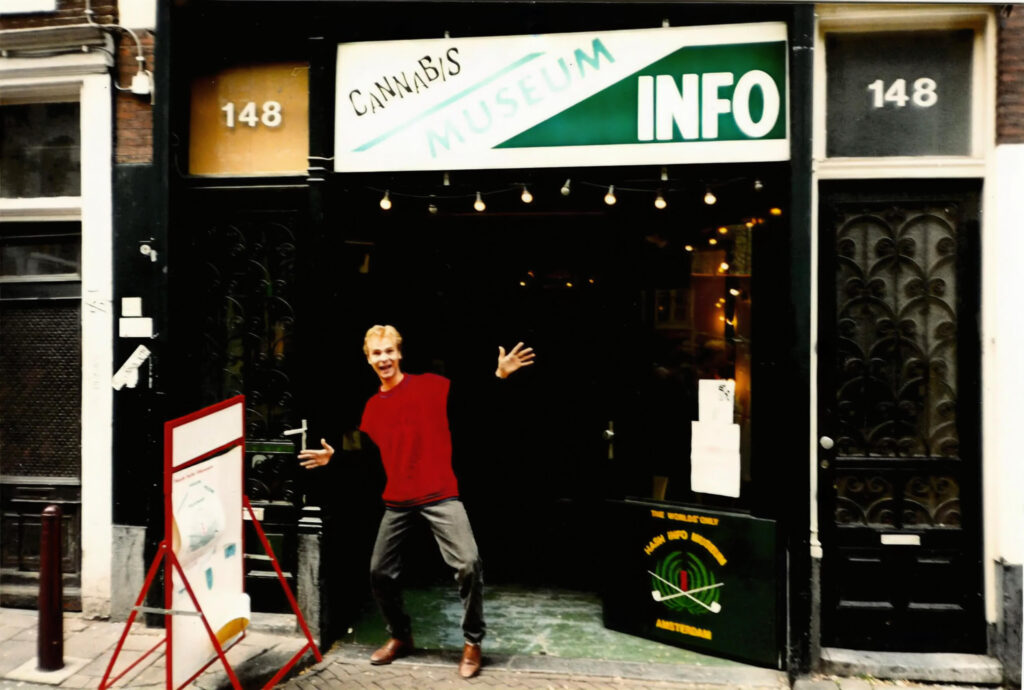
In the wider world, 1987 was the year Aretha Franklin became the first woman to be inducted into the Rock & Roll Hall of Fame. She celebrated by releasing a duet with George Micheal (himself no stranger to cannabis) which could have been a weed dealer’s anthem: ‘I Knew You Were Waiting (For Me)’.
The Beastie Boys, credited with introducing ‘stoner consciousness to hip hop’ along with fans of the Hash Info Museum Cypress Hill, took it one step further with ‘(You Gotta) Fight for Your Right (To Party!)’. Although it seems like a nursery rhyme by today’s standards, this simple, shouty, bouncy tune was deemed both outrageous and offensive at the time.
The Summer of the Cans
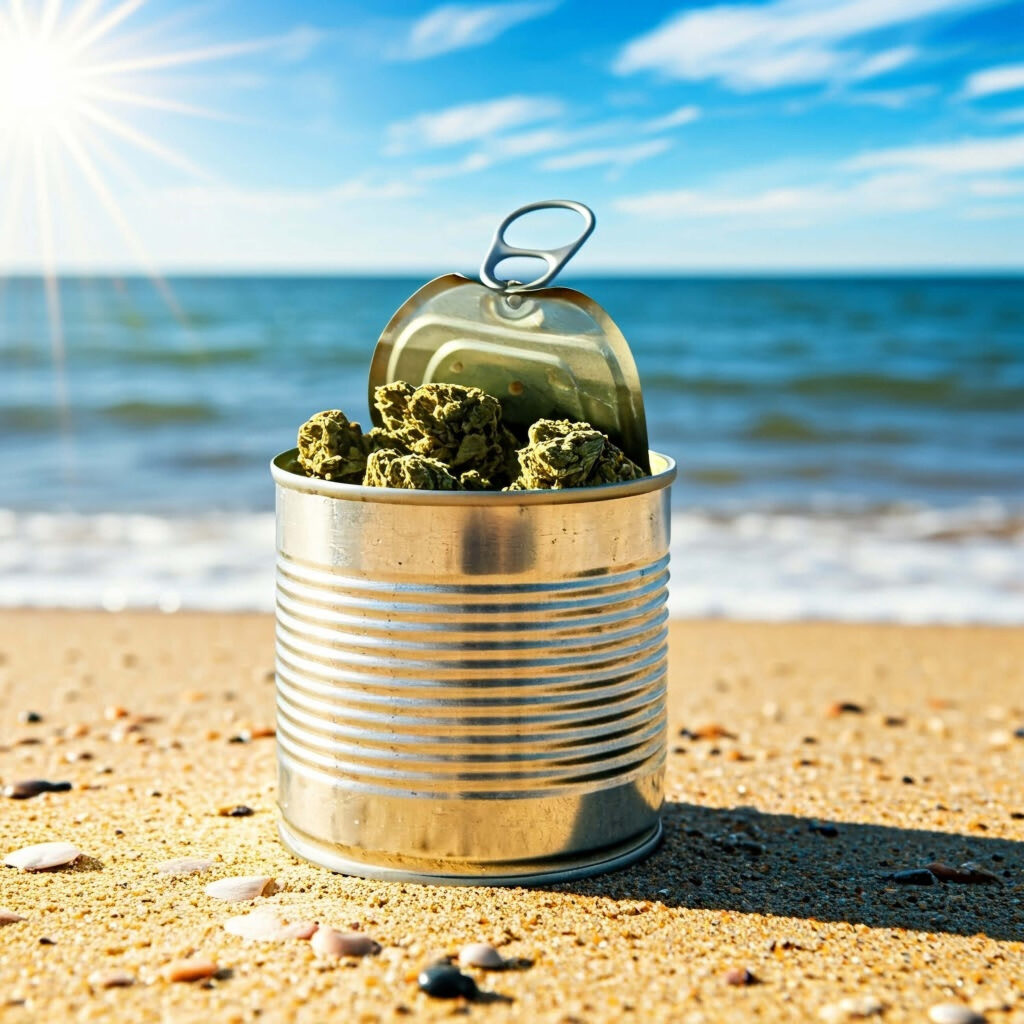
Rather than having to fight for their right to party, people up and down the coast of Brazil just needed to swim or beachcomb. The summer of 1987 became known as Verão da Lato (The Summer of the Cans) after a ship, carrying 22 tons of illicit cannabis sealed into tin cans, jettisoned its entire cargo into the sea whilst being chased by Brazilian authorities.
An estimated 15,000 cans went cheerfully bobbing towards the coast, carried by the tides like lazy metal fish. Many were washed up on the beaches where they were found and enjoyed by locals. As word got around, fishers, surfers, and anyone else able to navigate the waves began collecting the cans before they could reach the shore. Not many reached the police either; only 2563 cans were recovered.
Cartoons and cannabis
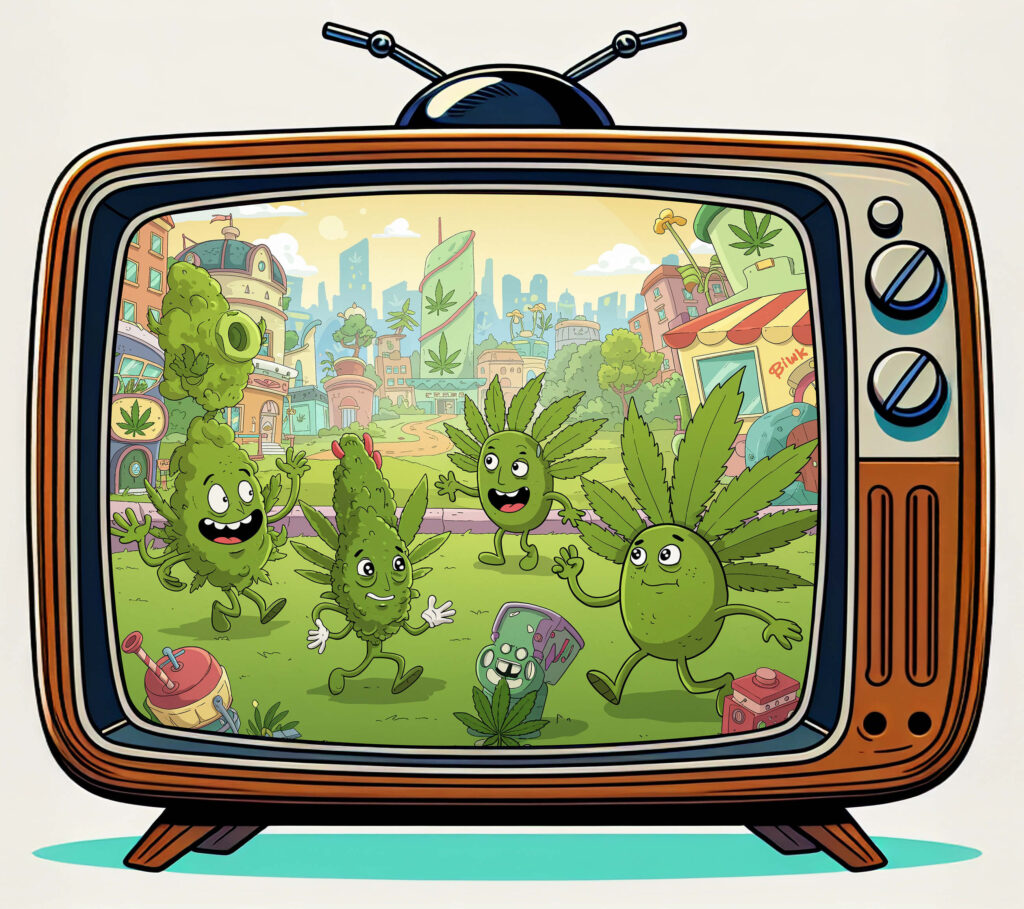
Last but not least on our list of impactful 1987 happenings, The Simpsons debuted as an animated short on The Tracey Ullman Show. The series, which is still running today, has tackled both medicinal and recreational cannabis themes in the 40 years since.
The Simpsons went on to inspire fellow animated series American Dad – which featured an episode naming Ben Dronkers as a cannabis pioneer. It credits him as the inventor of Gorilla Glue. Although this is not a Sensi Seeds strain, thanks to the deep roots of Dutch cannabis history Gorilla Glue does share common ancestors with Hash Plant!
Naturally, Gorilla Glue is not its only memorable offspring.
The Seedfinder database lists 45 direct descendants of Hash Plant, both from Sensi Seeds and other breeders who want to benefit from its plentiful resin and oversized buds. From Sensi’ own stable come oldschool classics such as Black Domina, and newer strains like LA Sugar and Tezla OG which show their pride and passion for Hash Plant has not diminished. The most famous of all Hash Plant crosses is undoubtedly the one known as Mr Nice.
Get yourself something Nice
An homage to the inveterate smuggler, author, and Welsh legend Howard Marks, Mr Nice is a G13 x Hash Plant cross. G13 is itself a thing of myth and wonder, even by Dutch cannabis breeding history standards. Allegedly it was a clone smuggled out of a US government lab doing secret experiments to create weapons-grade cannabis.
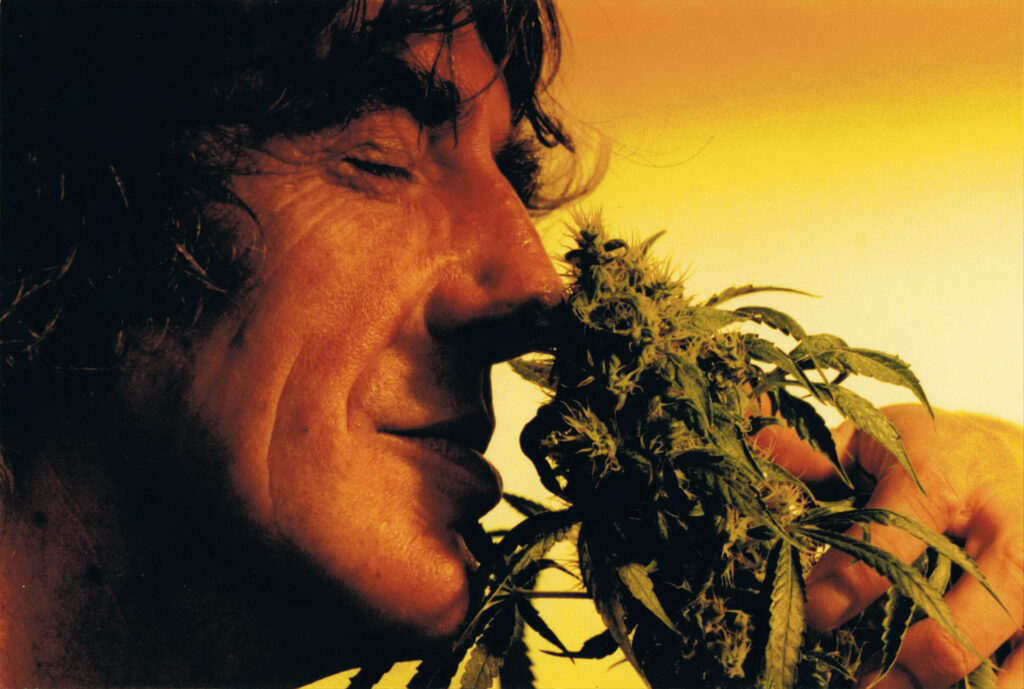
Alan isn’t so sure about that, although he admits it’s possible. What is sure is that G13 lives on in the Sensi Seed gene bank. Alan describes it as ‘strange-looking and difficult to work with’ (a description I can personally relate to) from the moment he first saw it. Forty years on, it looks even stranger but is ‘amazing for producing hybrids’.
At the other end of the scale from ‘strange-looking and difficult to work with’ we have the variety that’s the star of the next chapter, and of gardens all over the upper northern reaches of the world. Gorgeous and a dream to grow even in the coldest and wettest climates, Early Skunk truly revolutionised outdoor growing. Stay tuned!
Chapter Five: Early Skunk, 1989
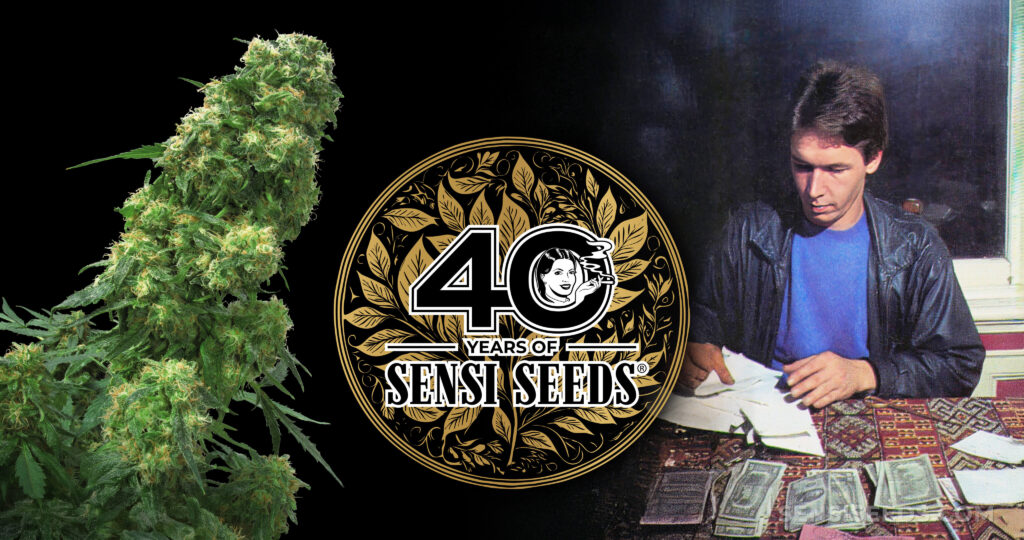
Welcome to 1989! The very first commercial internet providers have emerged. A modest CERN employee called Tim Berners-Lee has had a ‘ta-da!’ moment: the blueprint for the World Wide Web. The first trial of human genetic modification takes place, and is dubbed ‘transhumanism’. In Japan, the first analogue HDTV broadcasts are made. The space-age future both threatened and promised by 1950s sci-fi has arrived.
The year begins with George H.W. Bush being sworn in as President of the US. Bush the First displays a huge lack of original thought by (among many, many other things) continuing the ridiculous and destructive War on (Some) Drugs policies set by his predecessor (who was, it turns out, likely already suffering with Alzheimer’s by the time he put them into practice).
One of these measures was Operation Green Merchant. Nevil Schoenmakers’ fearless determination to provide seeds to the US had not gone unnoticed by the US Government. Although not the only person sending seeds to places where cannabis growing was prohibited, he was arguably the most high-profile of the ‘green merchants’. Cannabis fans were not the only people reading High Times.
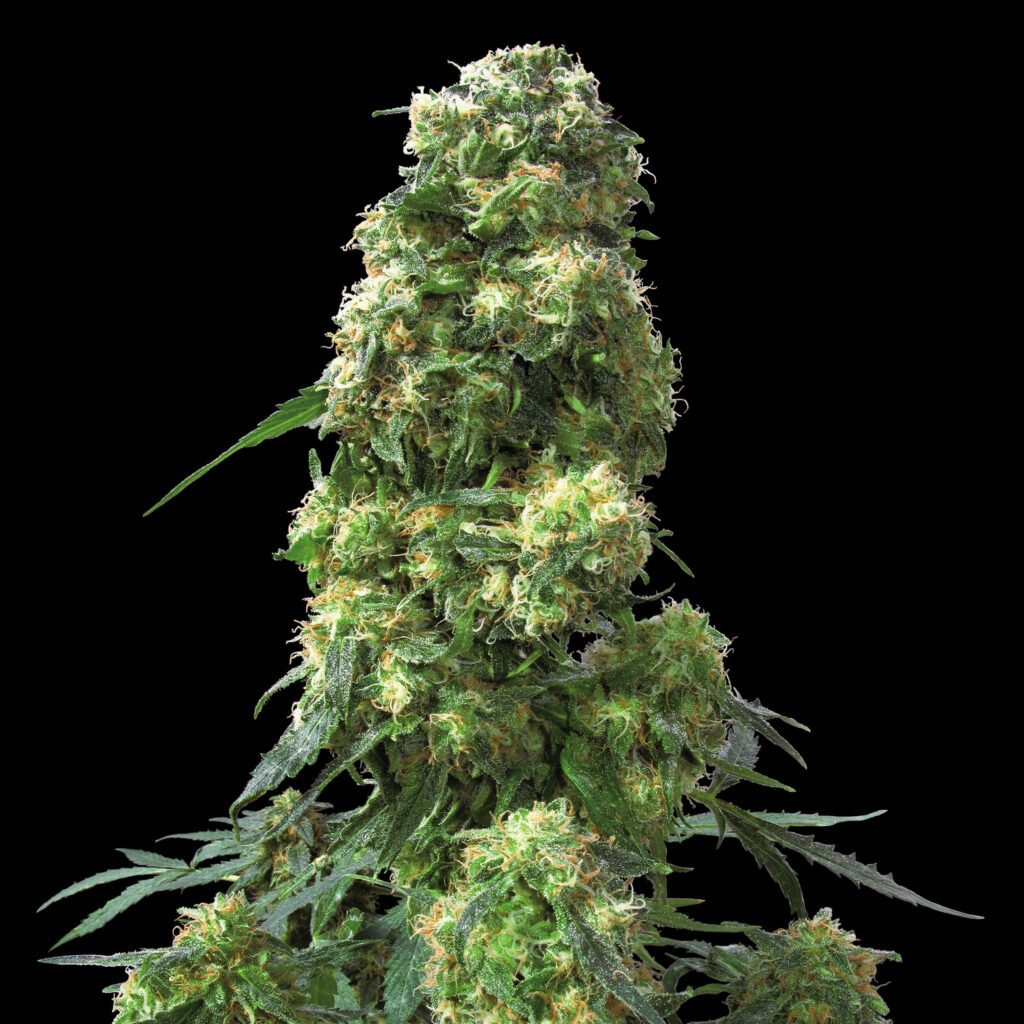
Having taken indoor growrooms by storm, 1989 was the year Skunk reinvented itself as an outdoor strain that could flourish in cool climates with short, often wet summers. Early Skunk was the first hybrid iteration of Skunk from The Seed Bank of Holland, but by no means the last. Sensi Seeds brought out a feminised version in 2009 and an automatic version in 2017, to the delight of a whole new generation of growers.
The perfect cannabis variety for imperfect growing conditions
Many would say it’s never been beaten as an outdoor strain for Northwest Europe. The TL;DR on Early Skunk is mould resistance, massive size, and a flowering time short enough to bring the buds home before the Northwestern autumn really kicks in.
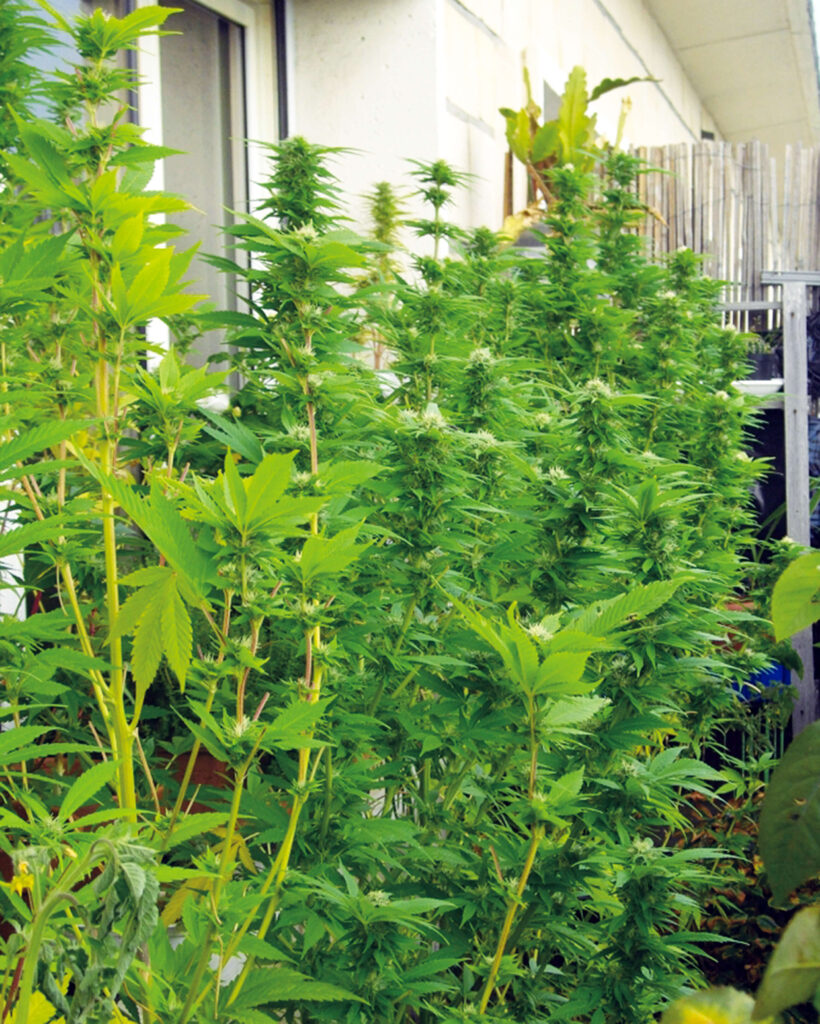
The earliest mentions of Early Skunk in catalogues from The Seed Bank of Holland specify the flowering as being fully two weeks shorter than that of the Skunk #1. It’s another indicator of how much Skunk changed the course of Dutch cannabis breeding history. As if overnight, Skunk became the benchmark by which everything else was measured.
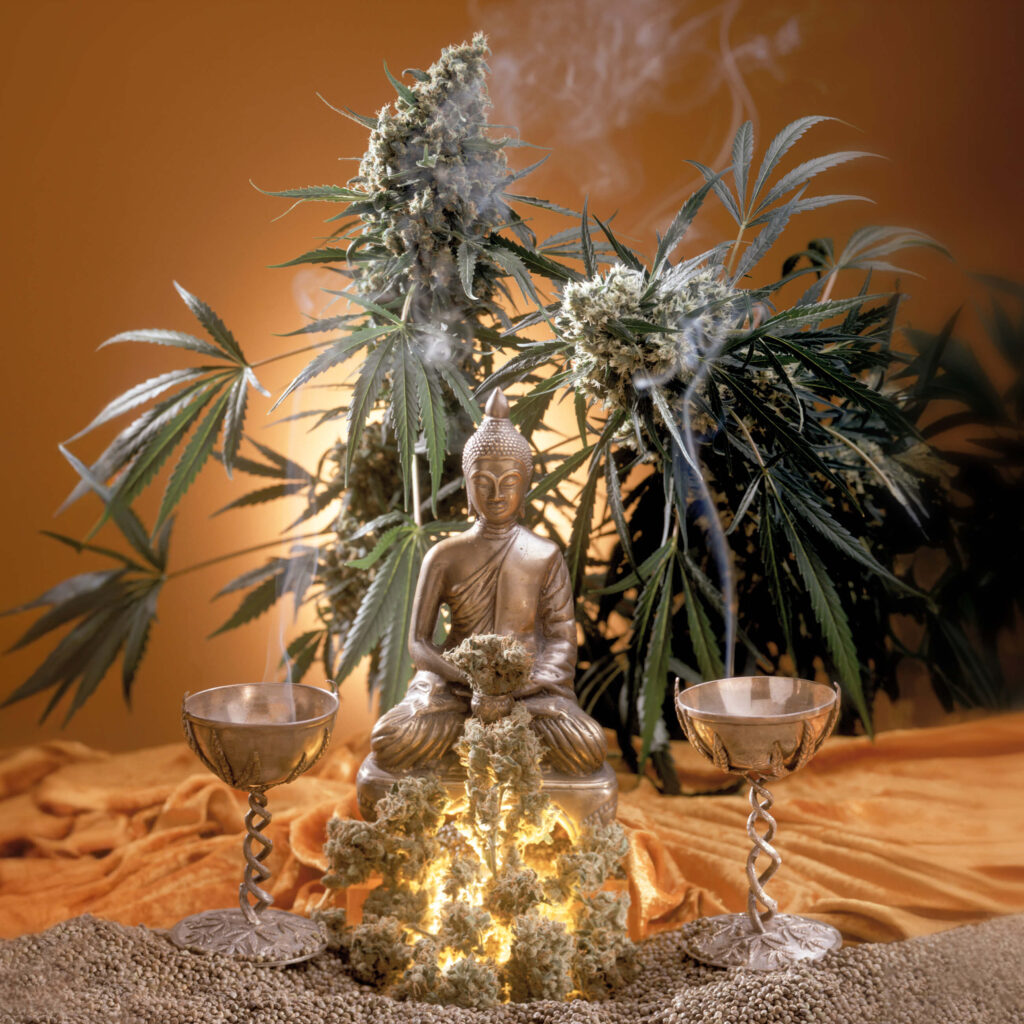
Early Skunk is a parent of award-winning strains such as Biddy Early from Magus Genetics as well as a plethora of strains with ‘Early’ in the name. Anecdotal reports of it growing successfully in sand dunes on the west coast of Ireland attest to its tenacity.
Dutch cannabis history is entwined with US cannabis history
How much of a difference did The Seed Bank of Holland’s mail-order activities really make to the US? DEA figures for 1989 show that, along with herbal cannabis coming in from Mexico and Colombia, domestic production was the main source of the weed they’d seized that year.
The retail price for a US ounce (28 grams) of ‘commercial’ grade in 1989 prices was $20 to $250, approximately $25 to $640 (€23 to €592). ‘Sinsemilla’ would set you back anywhere from $100 to $600 (now $256 to $1,537, or €273 to €1422) for the same amount. A glance at figures from the same report gives a simple explanation: THC levels in ‘commercial’ grass are consistently around half that of those in ‘sinsemilla’.

The same DEA report shows a massive increase in the number of indoor grow operations they busted in the latter half of the 80s. In all of 1984 that was just 649. In 1989 – about four years after Nevil started sending seeds there – the total was 1398.
The Bush administration was determined to make an example of Nevil and put a stop to The Seed Bank of Holland. Little did they know that, had they only waited a little longer, Nevil would have ‘retired’ from the world of cannabis of his own accord.
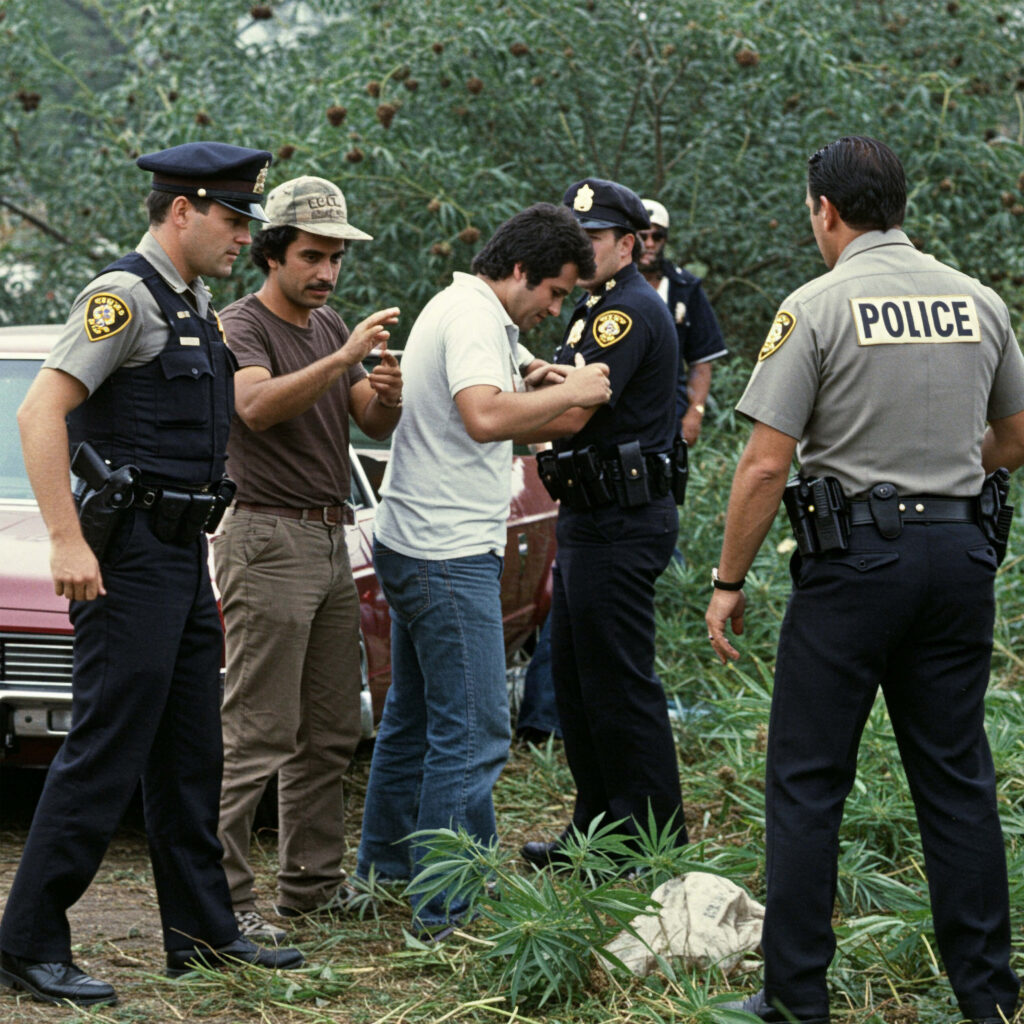
“He wanted to breed sheep,” Alan Dronkers says matter-of-factly, re-lighting his joint. Although Alan didn’t officially become part of the cannabis breeding programs devised by his father and Nevil until 1990, his involvement dates back a few years beforehand.
“After school I was looking after cannabis plants…”
“I was in school, but after school I was looking after cannabis plants. By this time my father had discovered it was legal to produce cannabis seeds, so by law we could do breeding and we were allowed to have a company selling seeds. We became pioneers in the whole industry. I was lucky to meet various experts who taught me and shared their knowledge”.
Along with Ben, Nevil was one of the experts who set Alan on the path of a lifetime spent studying cannabis and eventually earning an honorary doctorate in the subject. For Alan, cannabis is an endless source of fascination, some of which involves the breeding. For Nevil, the breeding process itself was the fascination. Cannabis was just one of the things he bred.
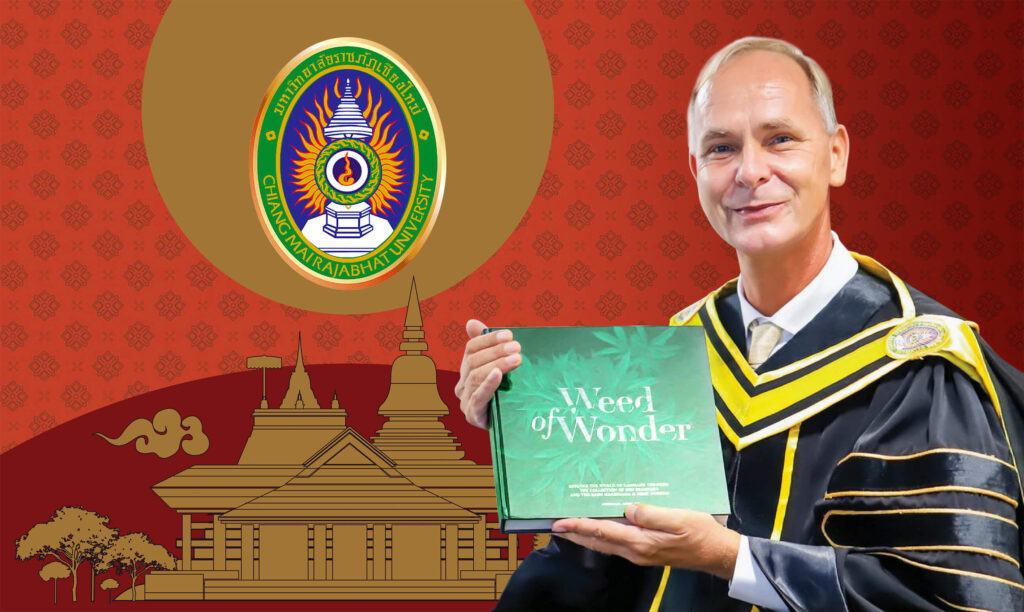
And he wanted to give up breeding cannabis to breed sheep? “Yeah. Long before he was arrested, he’d already discussed selling all the cannabis side of his breeding to my father, and they’d made the arrangements. Nevil had invested a whole lot of money in sheep, and he really wanted to go back to Australia to work with them”.
The fascination of breeding as an art and hybrid vigour as a result
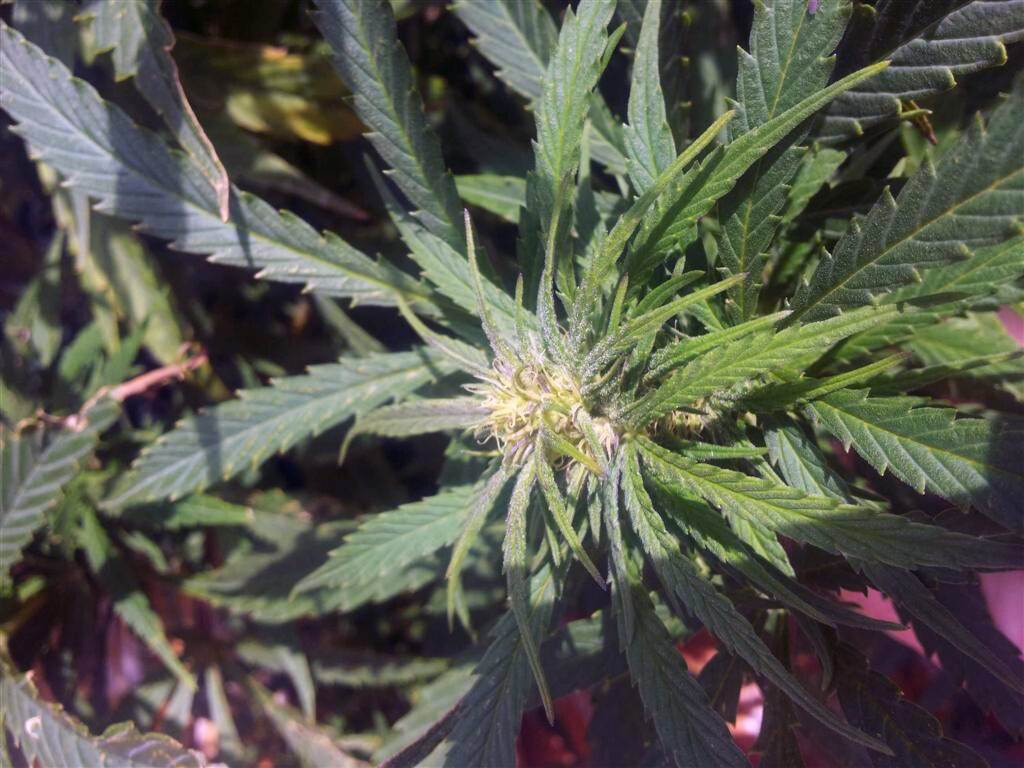
Alan: “It was in Nevil’s nature, through and through, to be interested in breeding things. And not just cannabis, but also horses, sheep, even fighting fish. He once imported fighting chickens from Thailand to the Netherlands. He just found it interesting, what could be done with genetics.
And at the moment you start to create hybrids, everything becomes even more interesting. With horses, or chickens, or fish. And absolutely with cannabis. It’s a certain passion, and Nevil was something really special”.
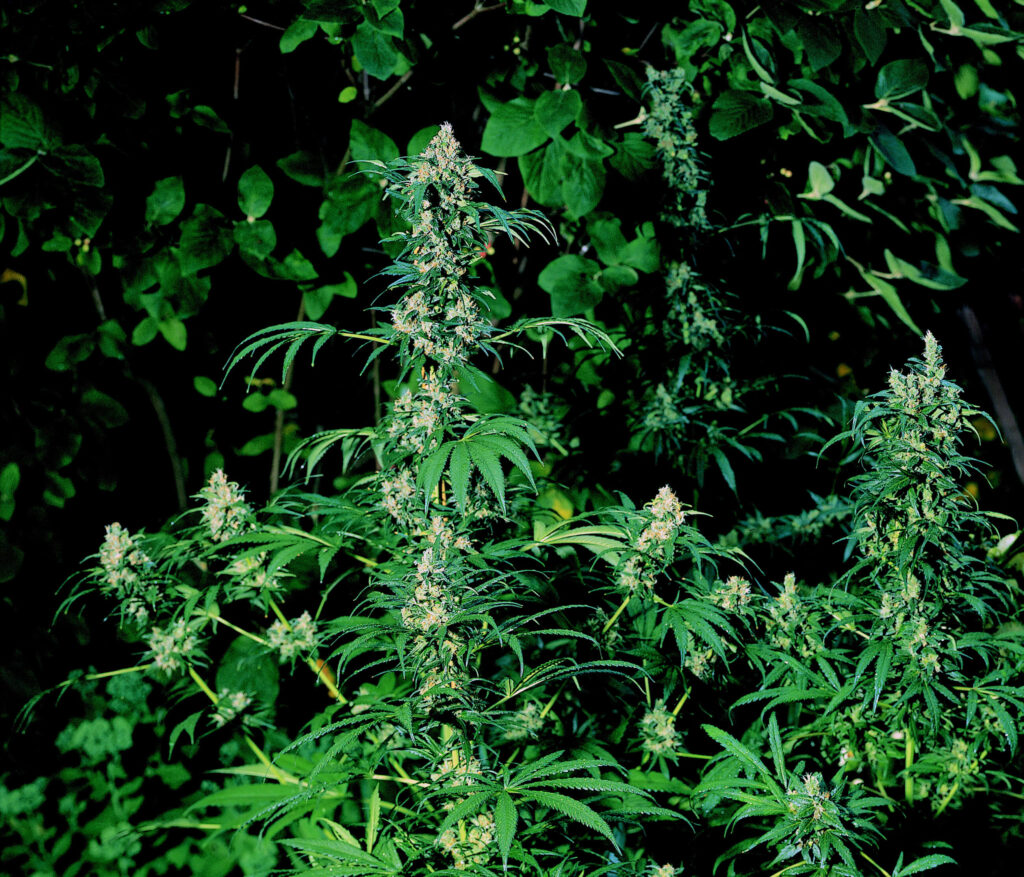
The breeding of Early Skunk is Skunk #1 crossed with Early Pearl, a sometimes overlooked but utterly tremendous cross of Early Girl (The Seed Bank of Holland) and Pollyanna (Cultivator’s Choice). In 1989, the second High Times Cannabis Cup was won by this crossing bred with the other great strain released that year: Northern Lights #5 x Haze, the star of our next chapter.
Chapter Six: Northern Lights #5 x Haze, 1989
Even in 2025, Northern Lights #5 x Haze is still the ultimate ‘best of both worlds’ strain for a lot of people. The not-fucking-about soaring high of Haze married to the deep-sea diving stone of Northern Lights #5 produces a gliding effervescence of mood that stays with you for a long time. If you like cannabis, you owe it to yourself to try it at least once!
We covered Northern Lights in depth in chapter two. Where did the Haze component come from? Once again, Sam the Skunkman has the answers:
“In about 1988… there were varieties that I created, like Skunk, and there were varieties that were given to me, like Haze, and California Orange. Haze was a variety given to me by the Haze Brothers, who gave me permission to reproduce and sell the seeds.”
Pure or ‘original’ Haze is another strain like the Afghani #1, where the effect makes the difficulty in growing and the less-than-spectacular flavour all worthwhile. The flowering period is outrageously long, sometimes hitting 17 weeks; the plants are tall, spindly, and low-yielding. My favourite description of their aroma is still one from the former manageress of the Cannabis College: “It’s like a cross between chamomile tea and cat piss.”
However, once in Nevil’s hands and carefully blended with Northern Lights #5, only the benefits of Haze remained. The splendid high is balanced with calm inspiration and a reduced tendency to anxiety. The flowering time is reduced, but the height gain remains, now made worthwhile by much chunkier buds. It’s easy to see why Northern Lights #5 x Haze is one of the world’s favourite cannabis varieties.
One of the world’s favourite cannabis varieties
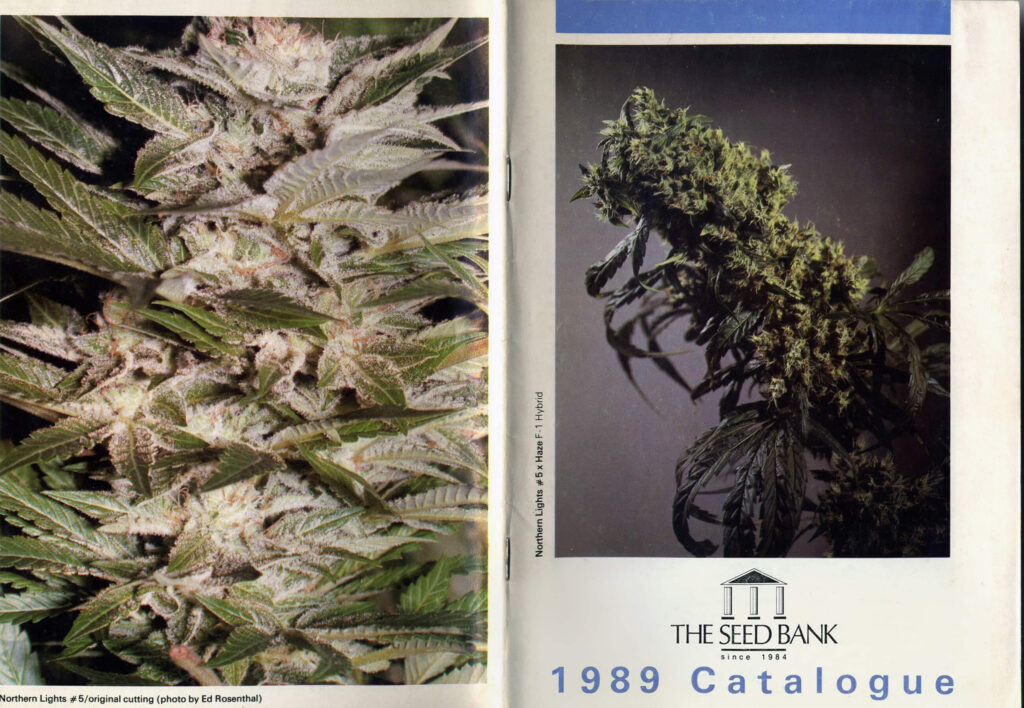
When it was released in 1989, Northern Lights #5 x Haze (aka NL #5 x Haze, or simply shorter NL5 x Haze) was a star of that year’s The Seed Bank of Holland catalogue. The tremendous height and tremendous high of Haze coupled with the colossal yields and inexorable relaxation of its Afghan heritage were combined in a variety that aficionados still adore decades later.
Ravi: ‘My favourite for a long, long time. And still. Yeah. Yeah, yeah, yeah…” He tails off, nodding, grinning, the cumulative memories of countless Northern Lights #5 x Haze joints enjoyed through the years clear on his face. Is it still a variety he returns to?
“For sure.”
What makes it so special?
“There’s this certain smell and taste, this flavour. And also the high. It’s a combination…”
NL #5 x Haze apparently makes you lost for words
To fill in the blanks: NL #5 x Haze is a blend of sweet and spicy which conjures orchards of sweet lemon and apricot trees, tilled earth, chamomile flowers, cinnamon, and leather. It’s truly delicious, which is good news as it’s also an incredibly high-yielding strain. Ben describes early examples in their greenhouses as “big enough to need five or six people holding hands” to encircle them.
The flavour and effect combination that Ravi alluded to is not the only thing to love about NL #5 x Haze. Its growth pattern keeps it enduringly popular as an indoor strain. Plants can be put into flowering almost immediately. Thanks to the Haze component, they power through rapid height gain. Then the rest of their heritage kicks in to develop massive chunky buds.
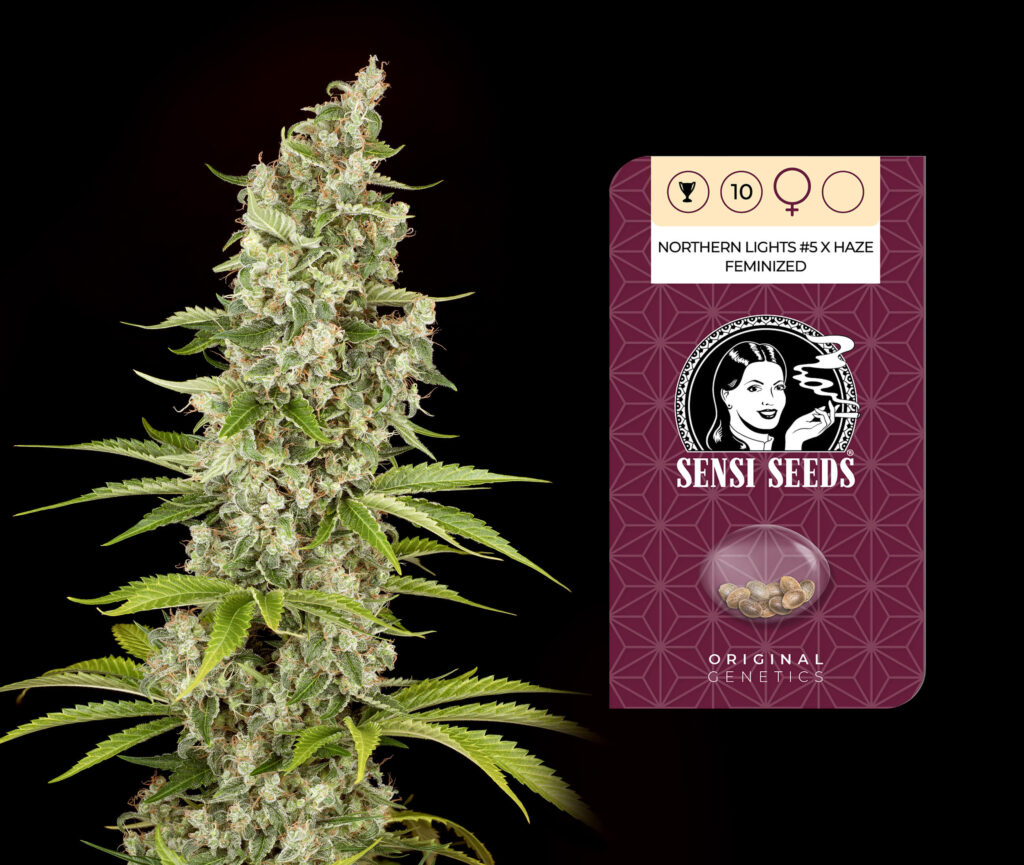
One visitor to the Sensi Seed Bank back in the late Noughties told me that due to a family emergency she’d been unable to visit her flowering Northern Lights #5 x Haze grow for a week. By the time she opened the door, her plants had grown up into the lighting rig! Some had to be pulled and cut free. Undaunted, she decided to try supercropping for the first time and still achieved an excellent crop.
One of the most requested varieties in Dutch cannabis breeding history
Ravi isn’t the only one of Ben’s family to have a deep fondness for this classic strain. Alan too describes it as a personal favourite, and some of Nevil’s finest work. The year after its release, NL5 Haze (as it was known for short) delivered First Place in the Mostly Sativa category for The Seed Bank in the third (or fourth – see Chapter One) High Times Cannabis Cup.
When Sensi Seeds began releasing feminized versions of some of their classic strains in the early Noughties, Northern Lights #5 x Haze was one of the most requested varieties. With more awards to its name and offspring such as Papaya and Apple Fritter to live up to, the feminized version had to nail the qualities that make the original – a true piece of Dutch cannabis breeding history – so special.
In 2009 (exactly twenty years after the original launch), this achievement was unlocked to the delight of growers everywhere.
Flower power becomes fire-power
Back in 1989, N.W.A became the first group in what would become known as the gangsta rap genre (at the time, the group themselves called it ‘reality rap’) to sell one million copies of an album. Their 1988 debut Straight Outta Compton mentioned cannabis in a superficially negative light (in Express Yourself and Gangsta, Gangsta), but weed was now clearly a part of the ever-growing US hip-hop and gangsta rap scene.
This was a far cry from the ‘hippy-dippy’ associations that cannabis had in the US of the 1960s and 1970s. Flower power had become fire-power. N.W.A member Dr. Dre further cemented this new role for cannabis with his 1992 solo album The Chronic. The earliest commercially available strain by this name, released by Serious Seeds in 1994, is a relative of NL #5 x Haze: both contain Northern Lights #5.
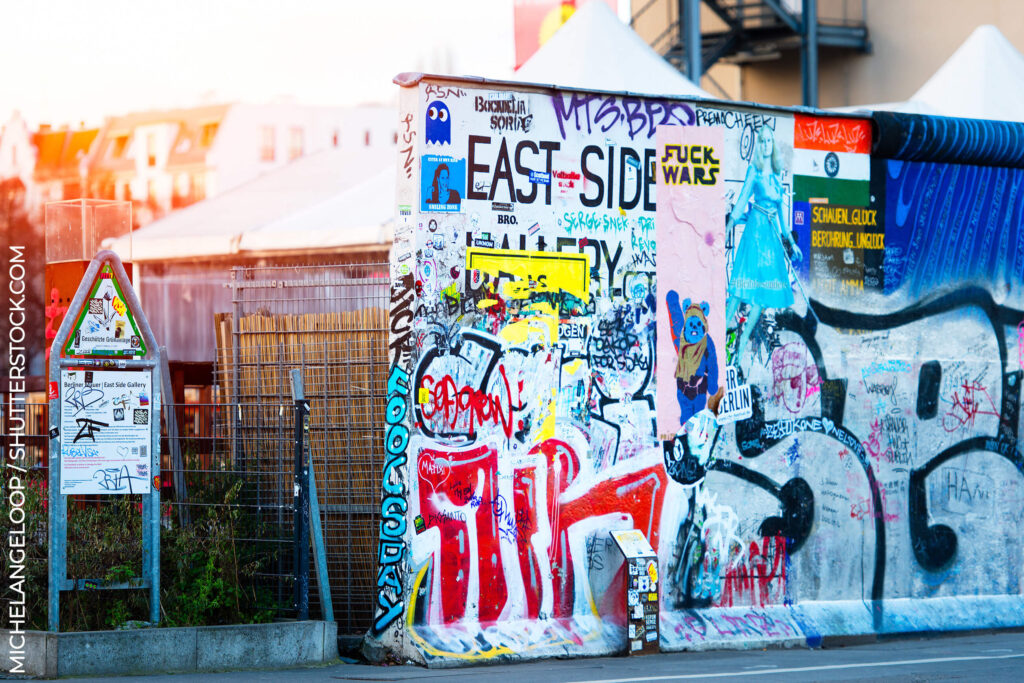
In terms of Western politics, 1989 saw one of the most significant political events of the 20th century take place: the birth of Taylor Swift the fall of the Berlin Wall. As incredible as this may seem now, the Berlin Wall was a heavily fortified actual wall, five metres high and charmingly decorated with gun turrets and festoons of barbed wire.
From 1961 until 1989, it cut through the middle of Berlin and surrounded the western part of the city to prevent citizens of East Germany (food and clothing shortages, ordinary people being spied upon by a corrupt state, suppression of freedoms of expression) fleeing to West Berlin (no curfews or shortages, thriving art and party scene, chance of running into David Bowie).
When it fell in November 1989, only a few months after the release of Northern Lights #5 x Haze, this opened the way for a unified Germany that would go on to become one of the biggest markets for Sensi Seeds. Thirty-five years later Germany legalised recreational cannabis use. You can bet that this now-classic strain was one of the first things to grace Germany’s growrooms!
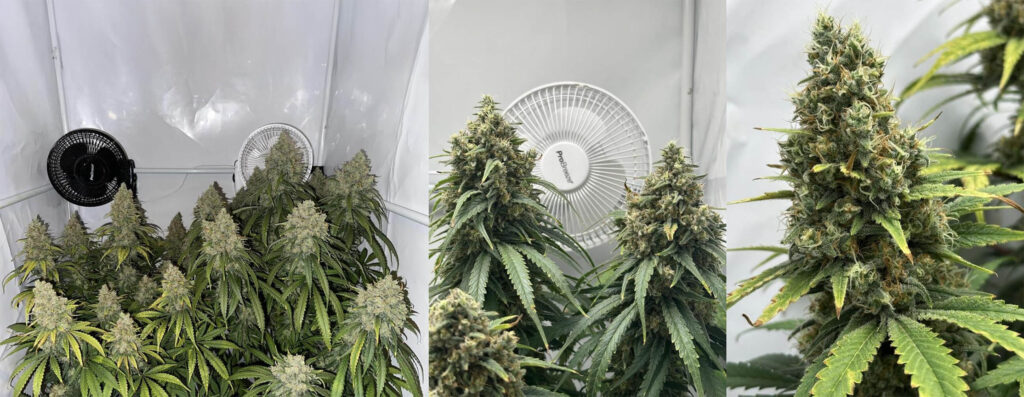
As is the case with all the strains featured in this article, other breeders and seedbanks leapt upon the new arrival with glee as soon as it was released. Among many others, NL#5 Haze appears in local Amsterdam favourites Dampkring Cheese Haze (crossed with the original Big Buddha Cheese) and Haze Heaven from Soma Seeds.
2025 sees the arrival of a new member of the original family: automatic f1 hybrid strain Sensi Supreme Oak from Sensi Supreme. This collaboration is a Jack Herer x Shiva Skunk crossed with NL#5 x Haze x Skunk #1, resulting in short, fat plants with a high yield. The killer combination of 25% THC, mould-resistance, and piney, sweet-spicy flavours has a lot of growers very excited.
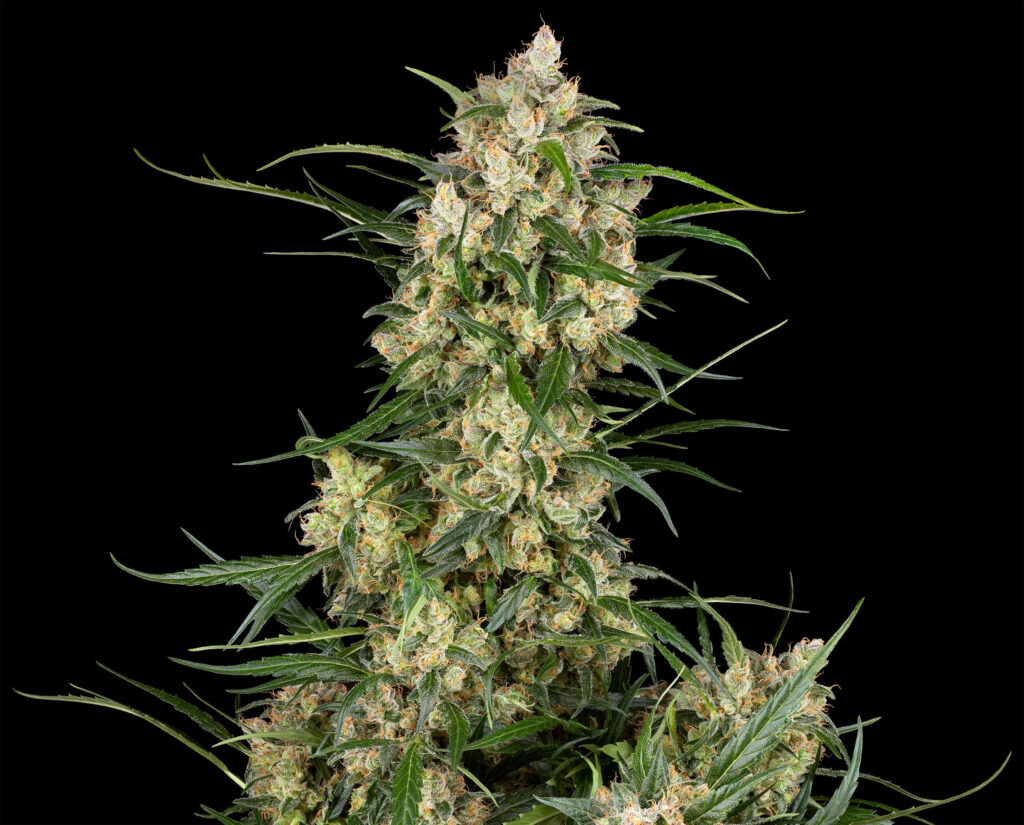
Northern Lights #5 x Haze is one of the few varieties to have won the Cannabis Cup for two different seed banks using exactly the same genetics and breeding program. Following the 1990 triumph, in 1993 it would win again, only this time for The Sensi Seed Bank.
The story of how and why this happened is one of the most dramatic episodes of the early origins of Dutch seed banks, and is still discussed (with varying degrees of veracity) on online cannabis forums today. Stay tuned for the next chapter!






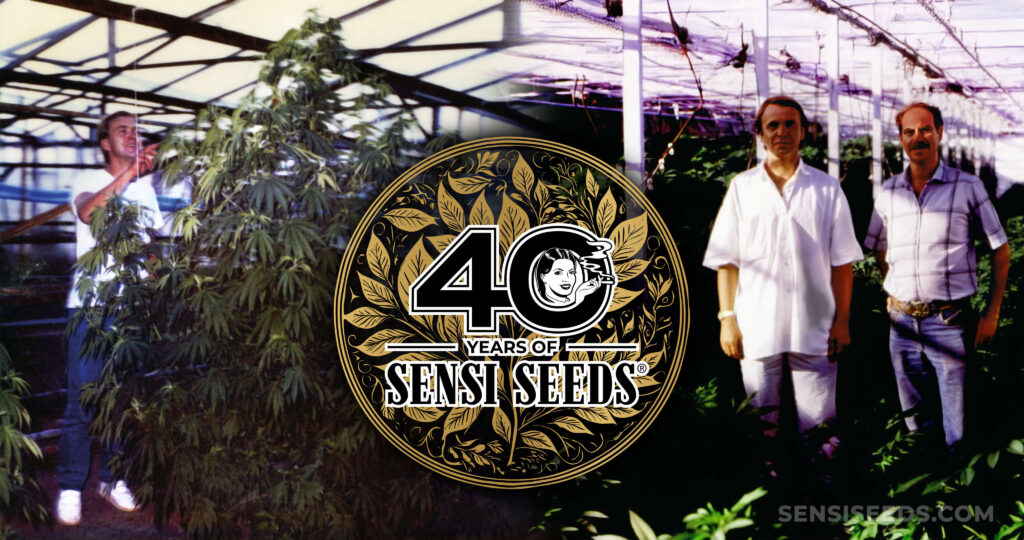


Thank you very much for this piece of untold history.
Writtten so well I enjoy the history of weed
Lovely Storytelling 🌬️💟🏁
Some fascinating info on the weed development, thanks for the lesson.
Great bit of history, it’s good to know the fascinating story behind my high times😍😜